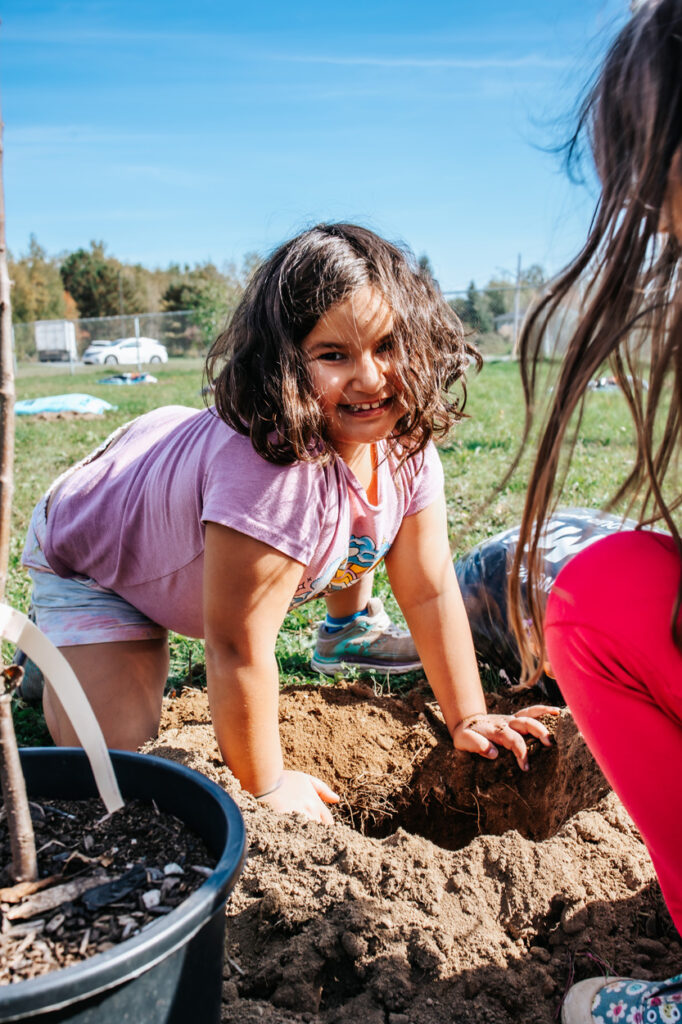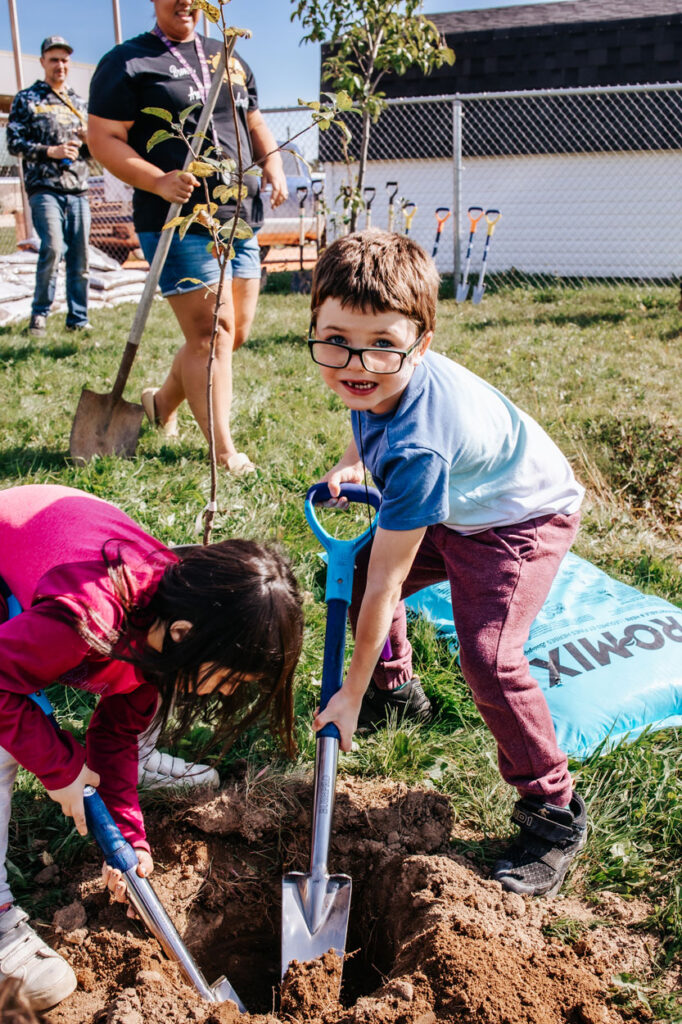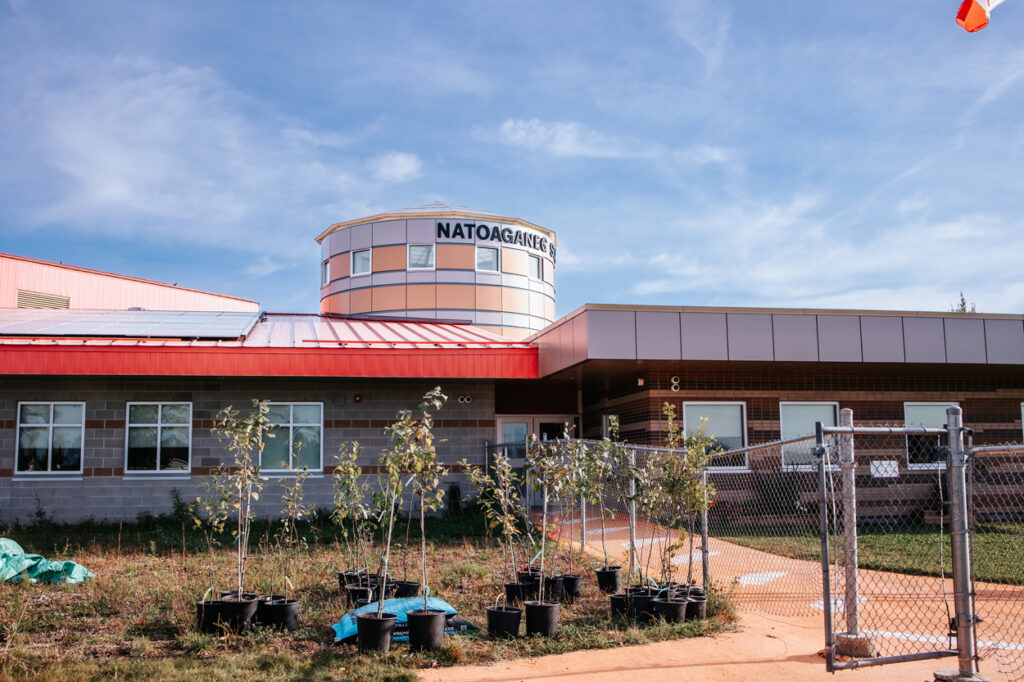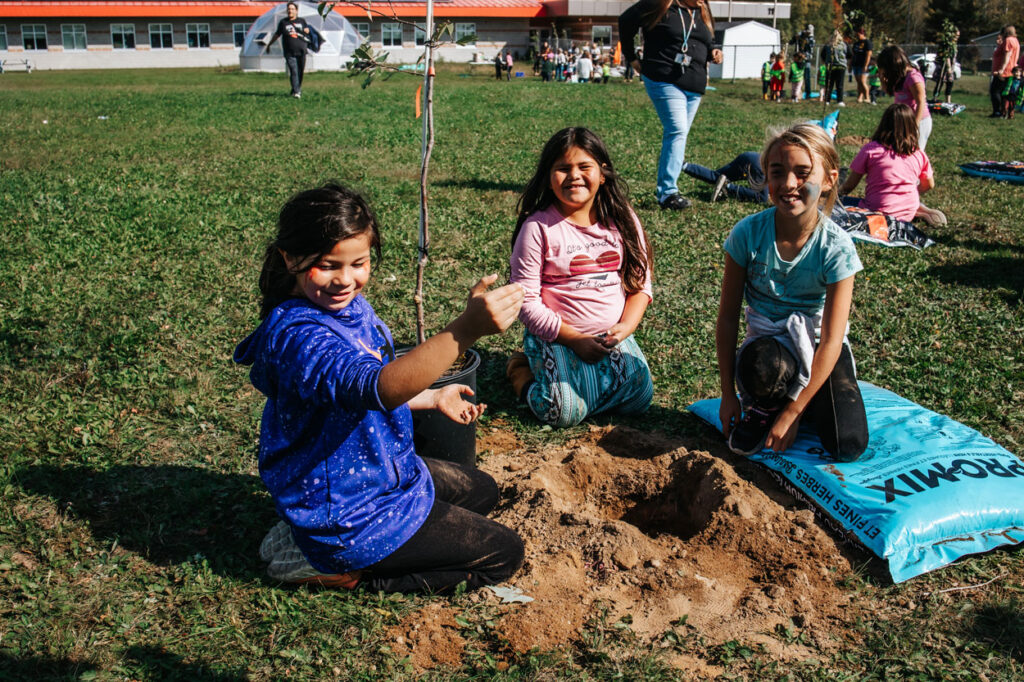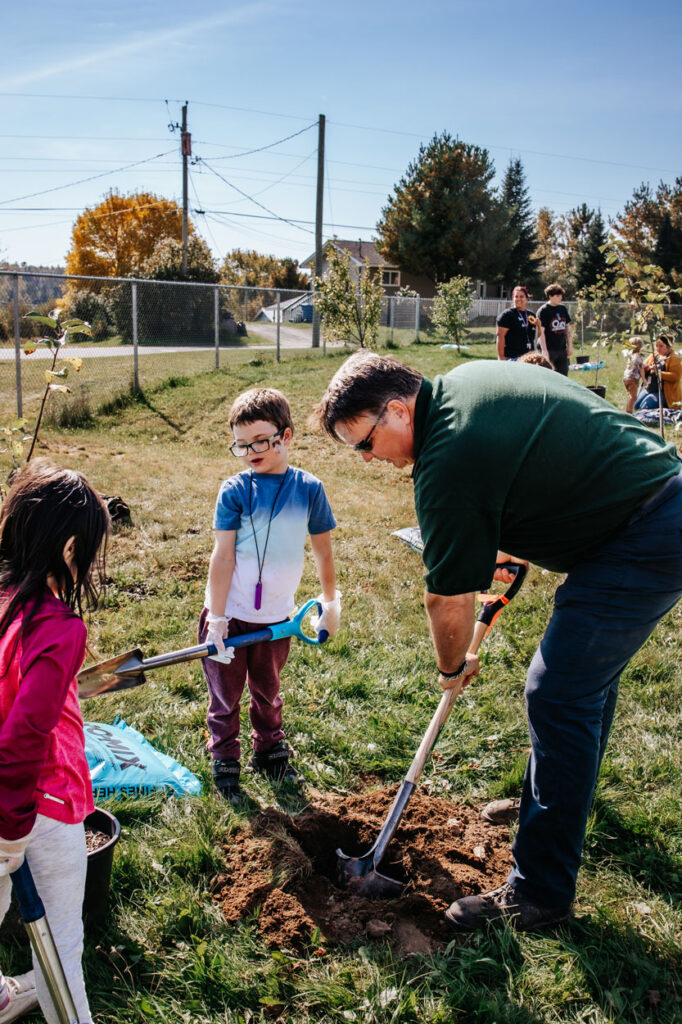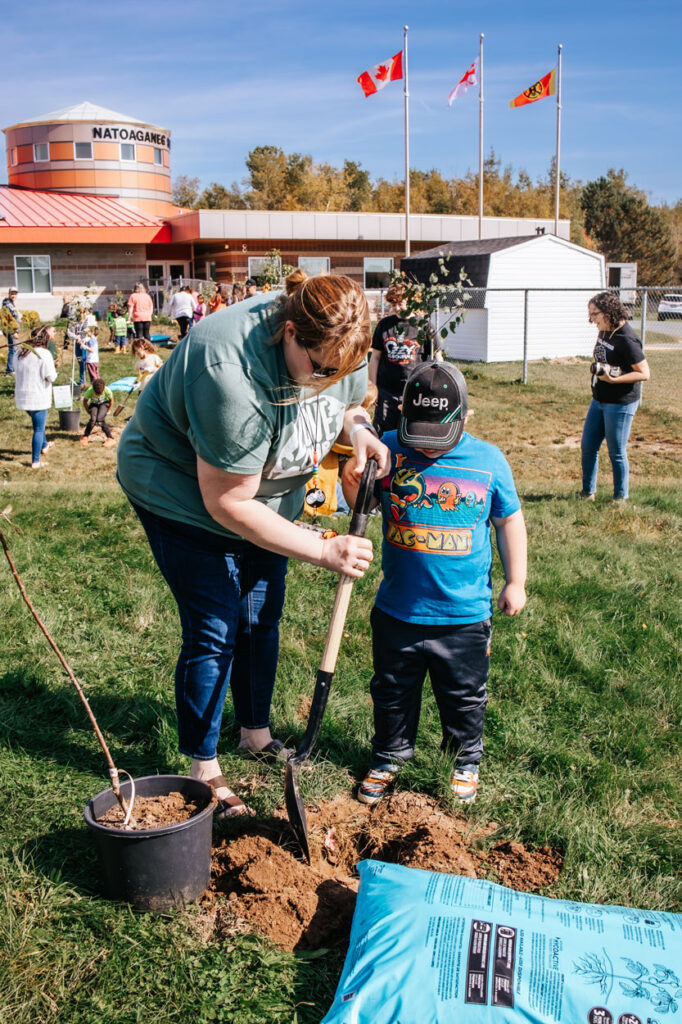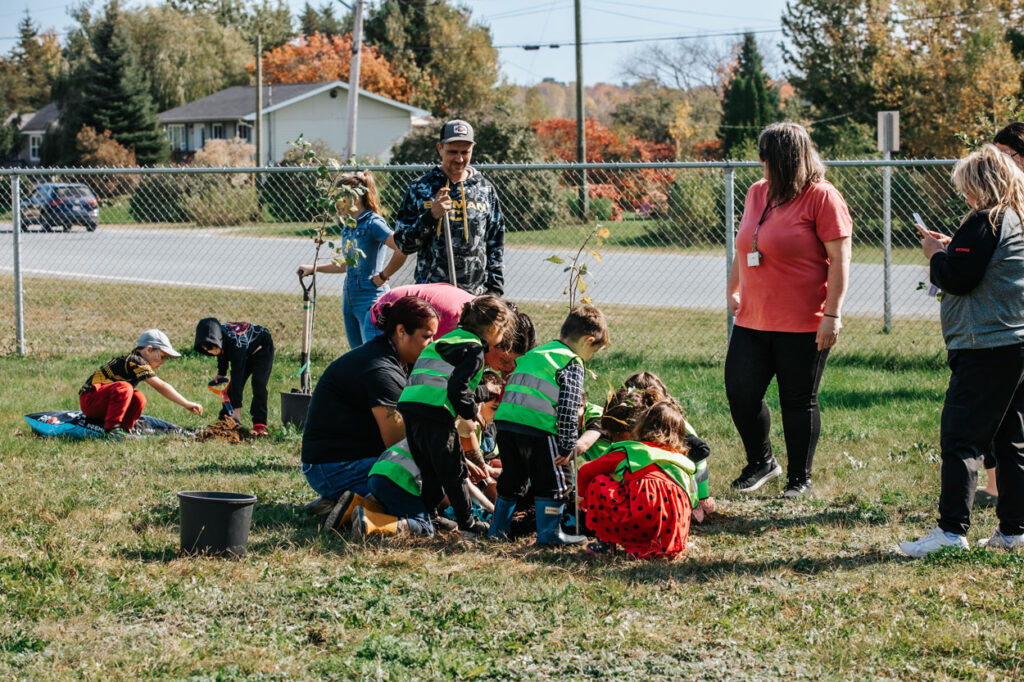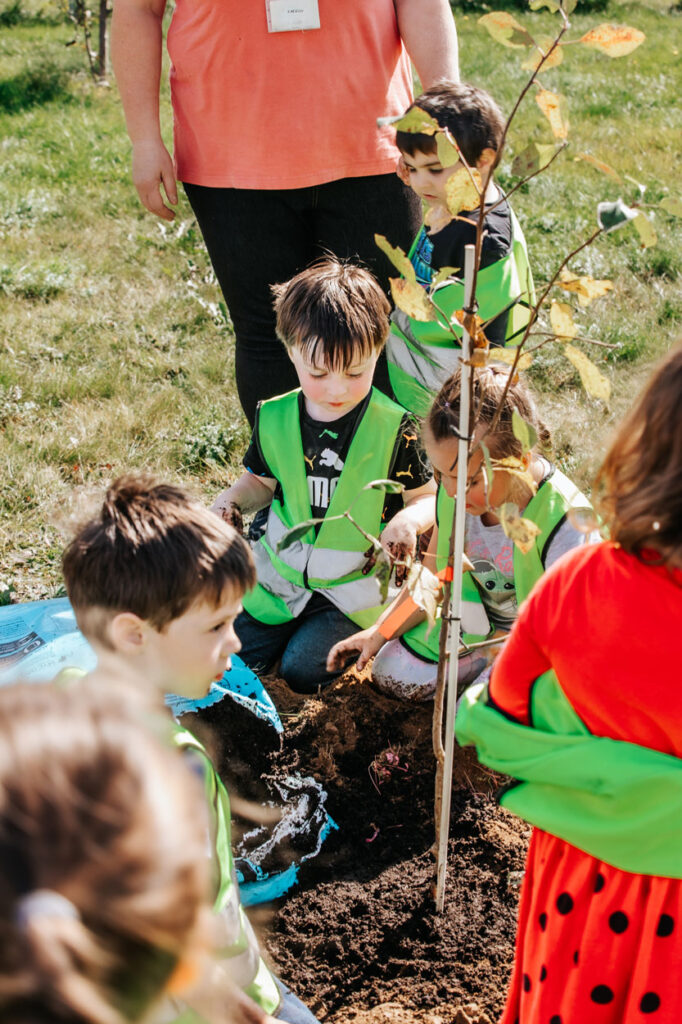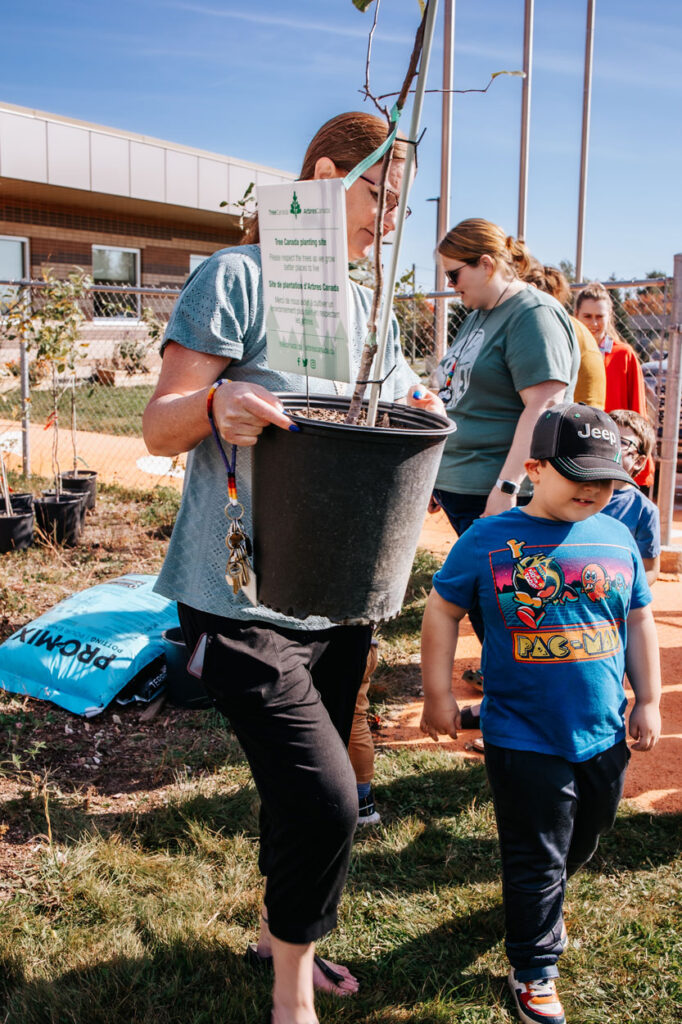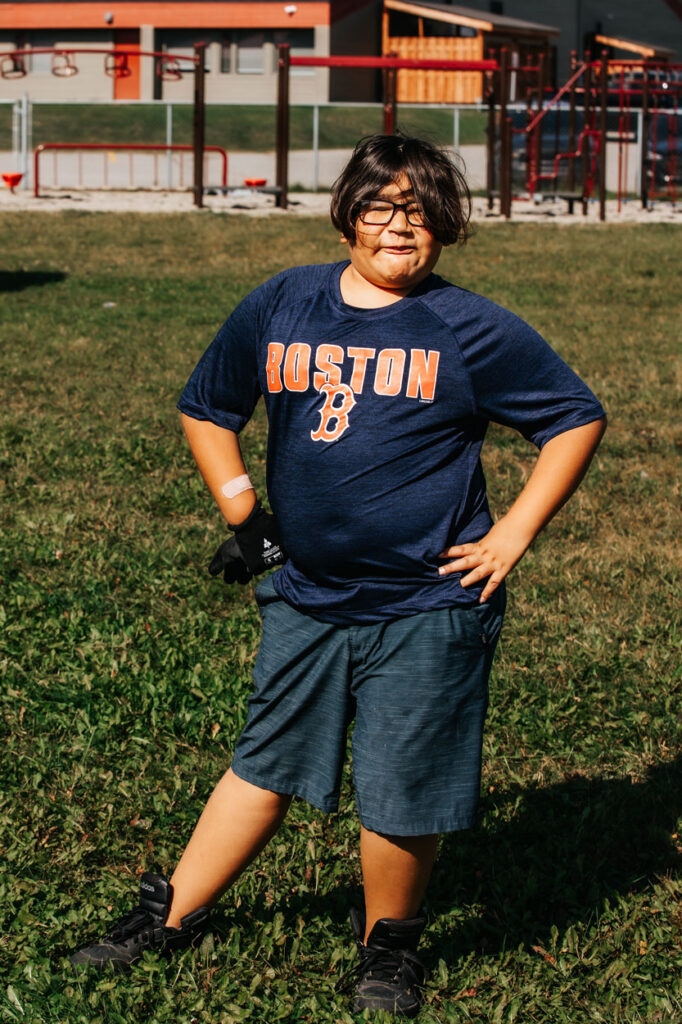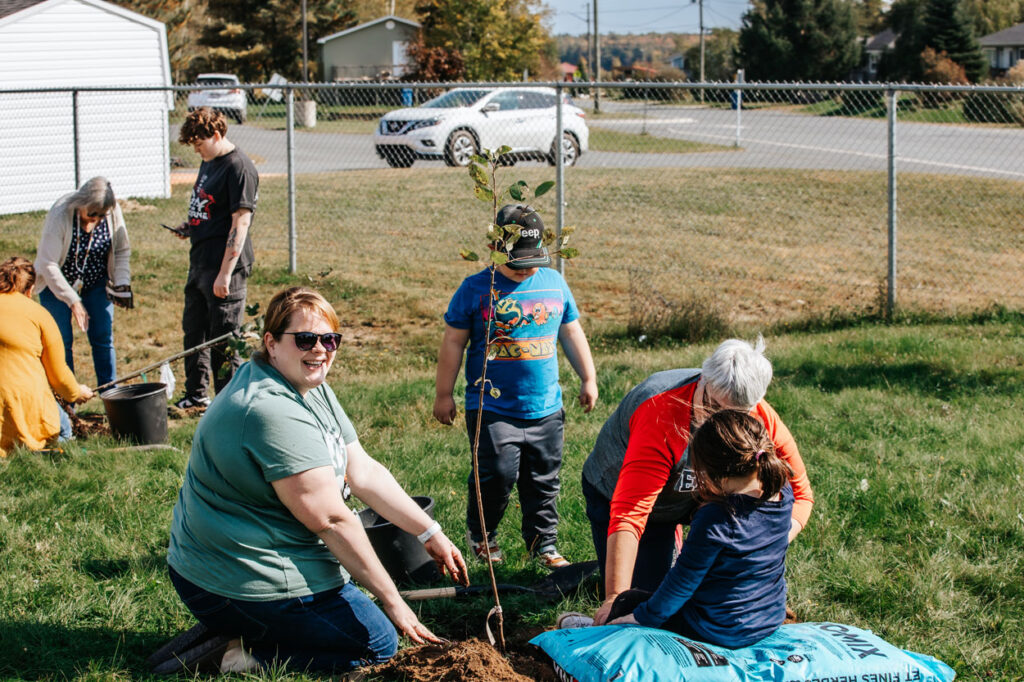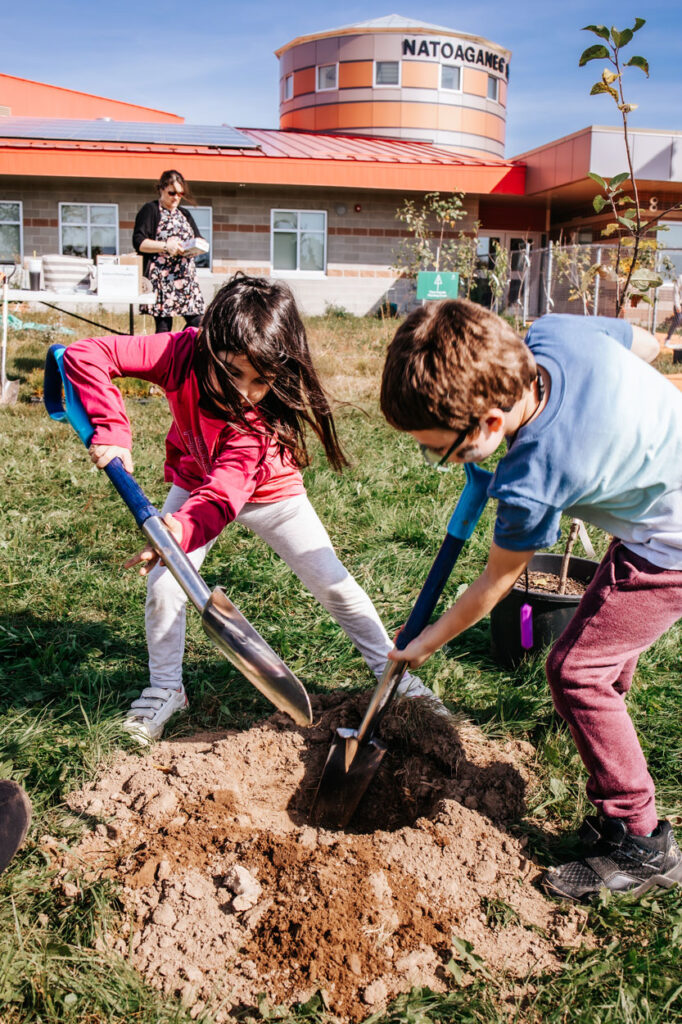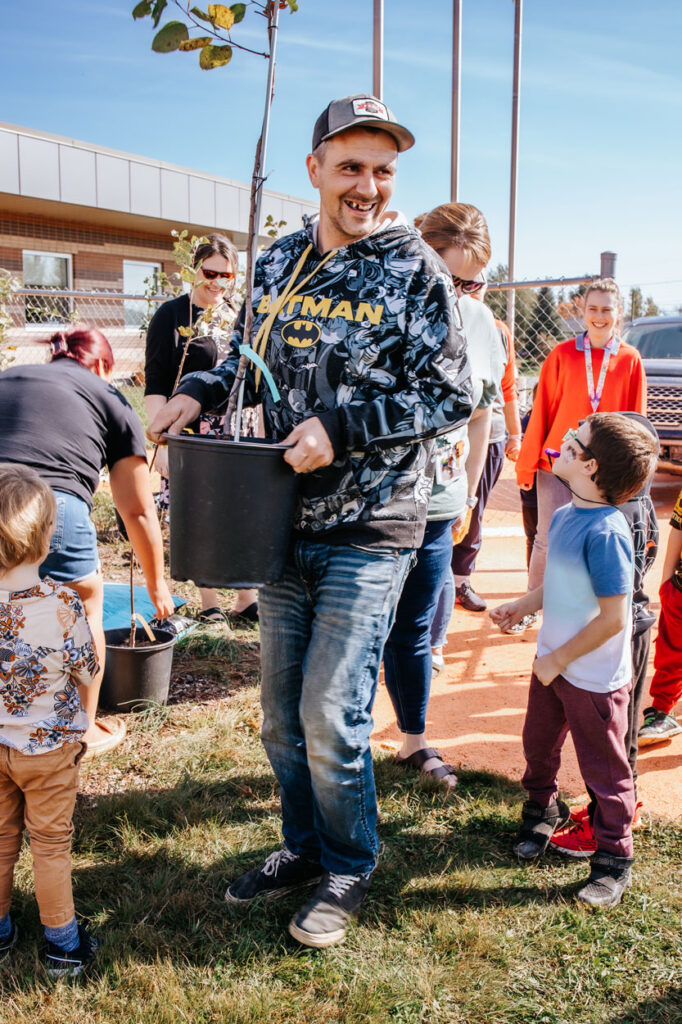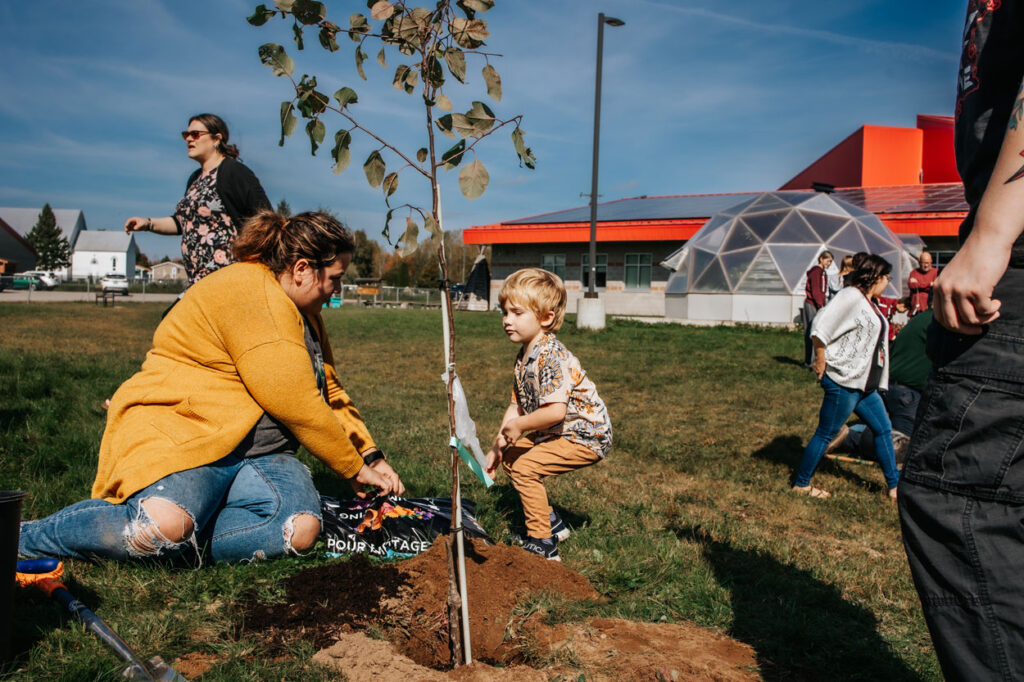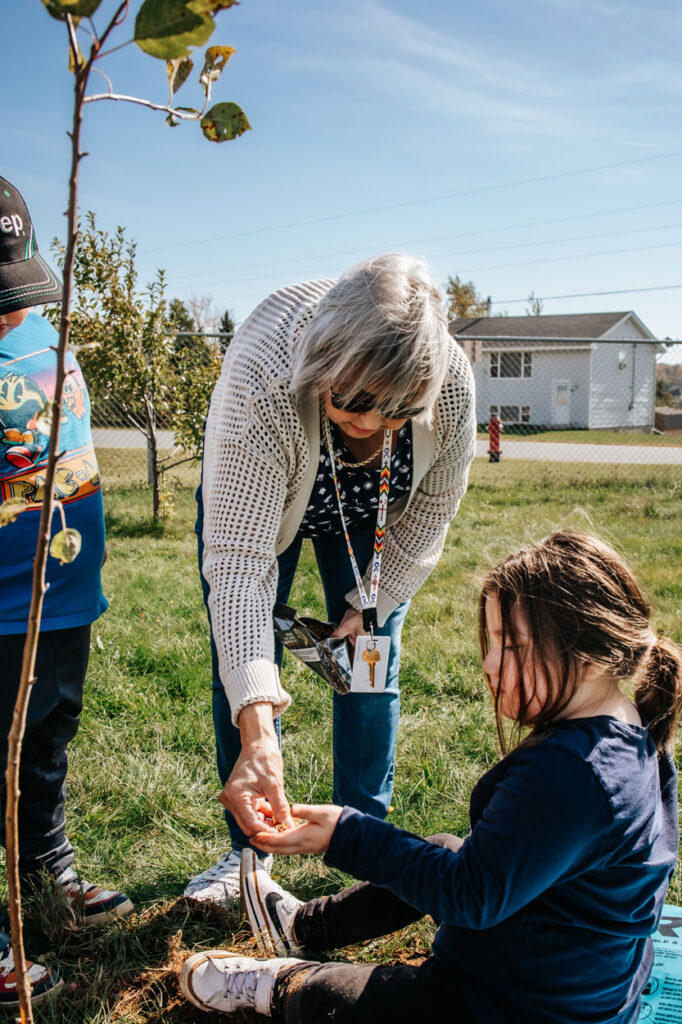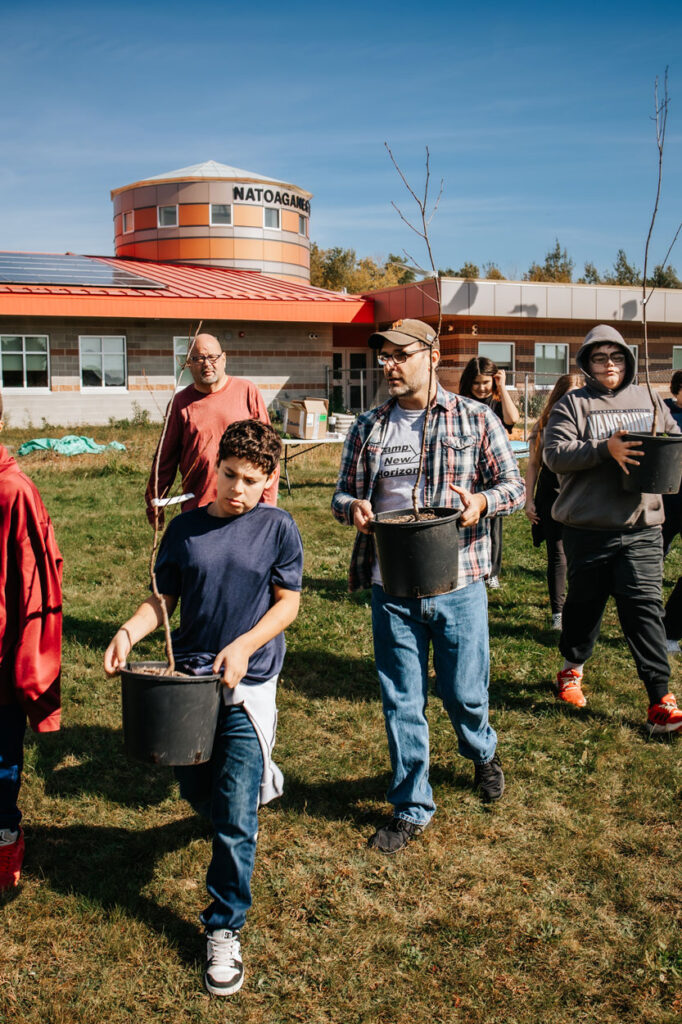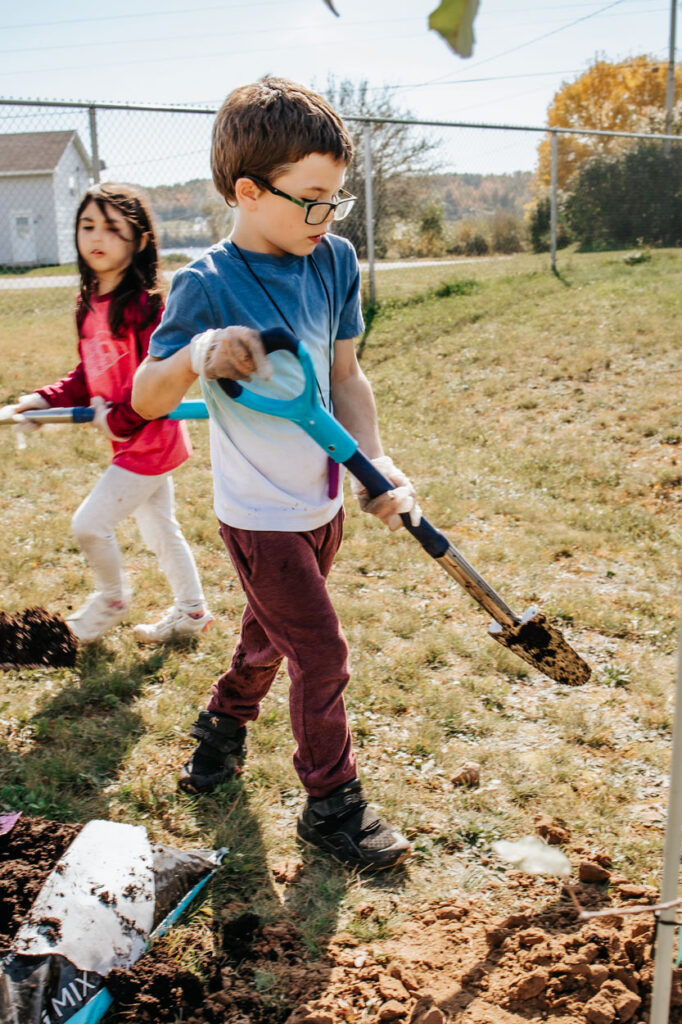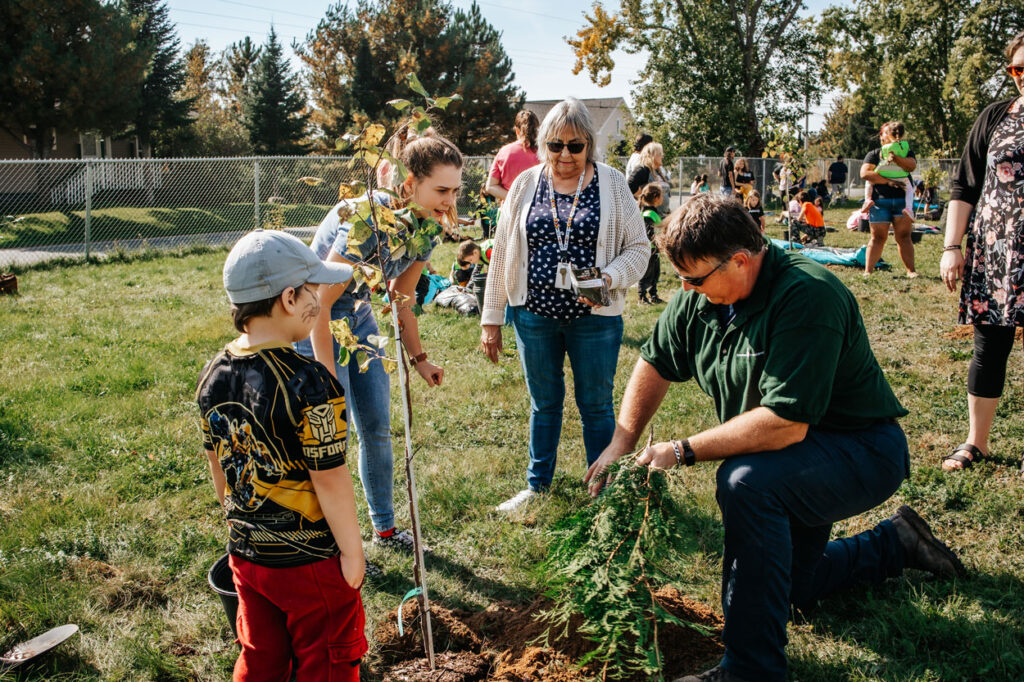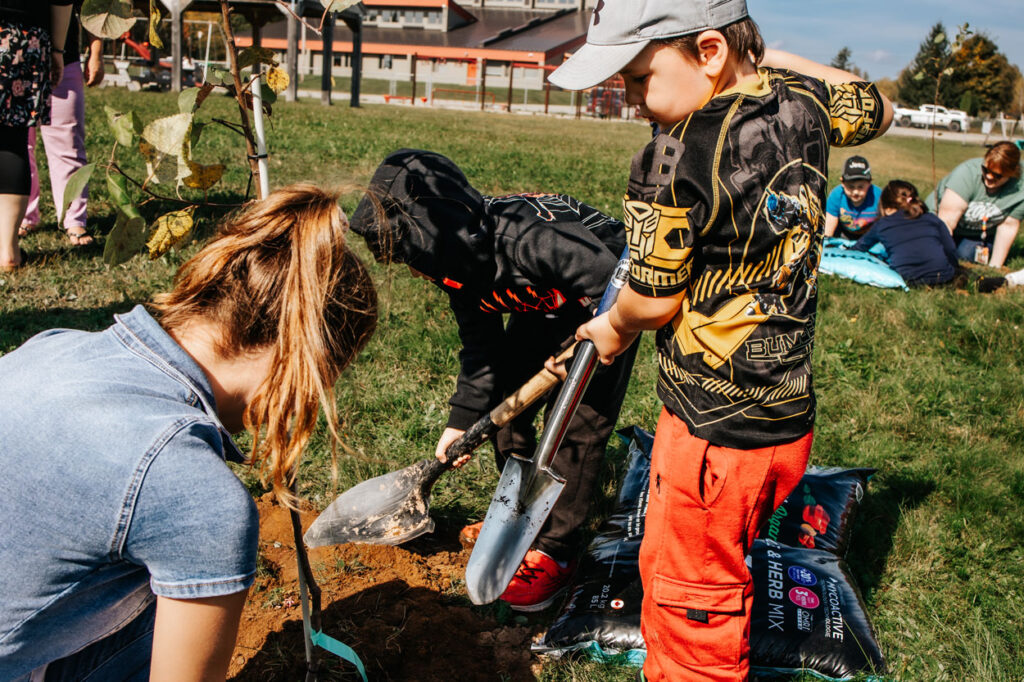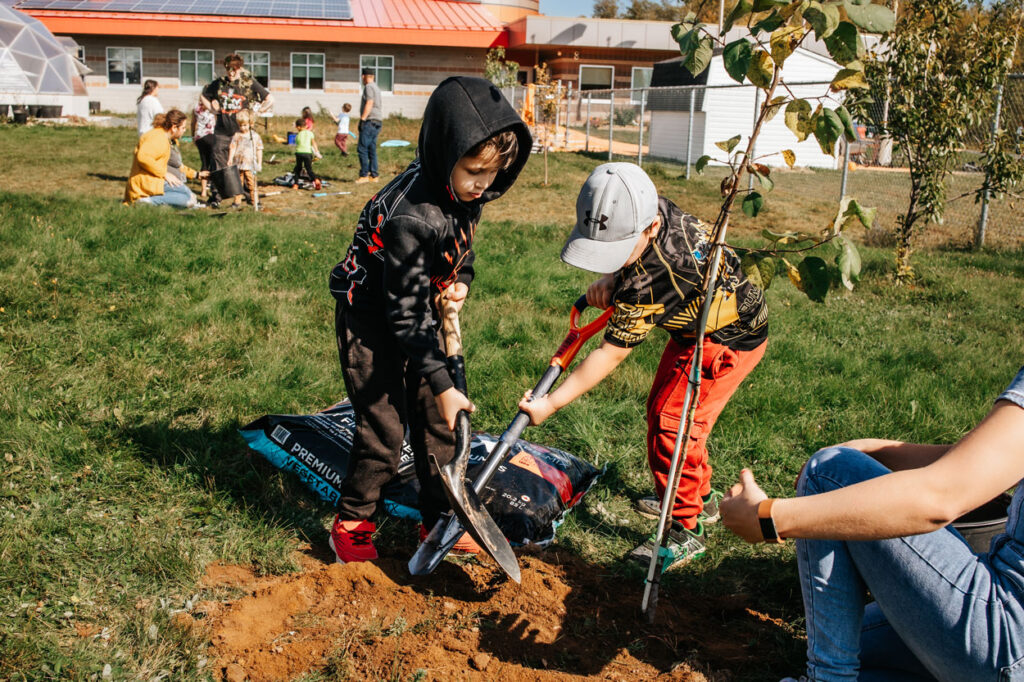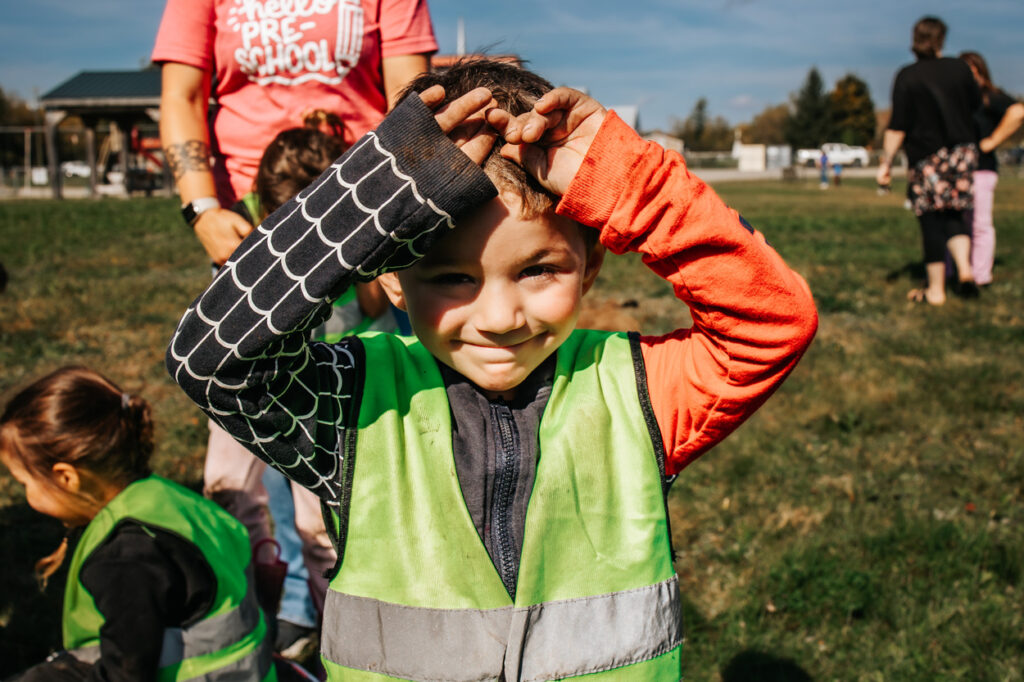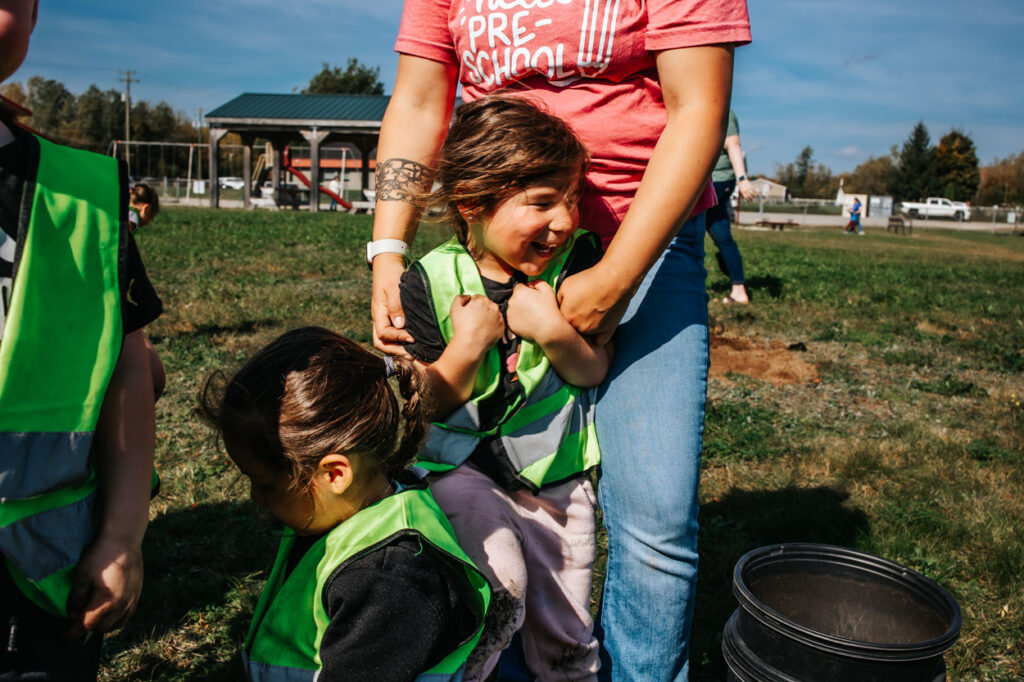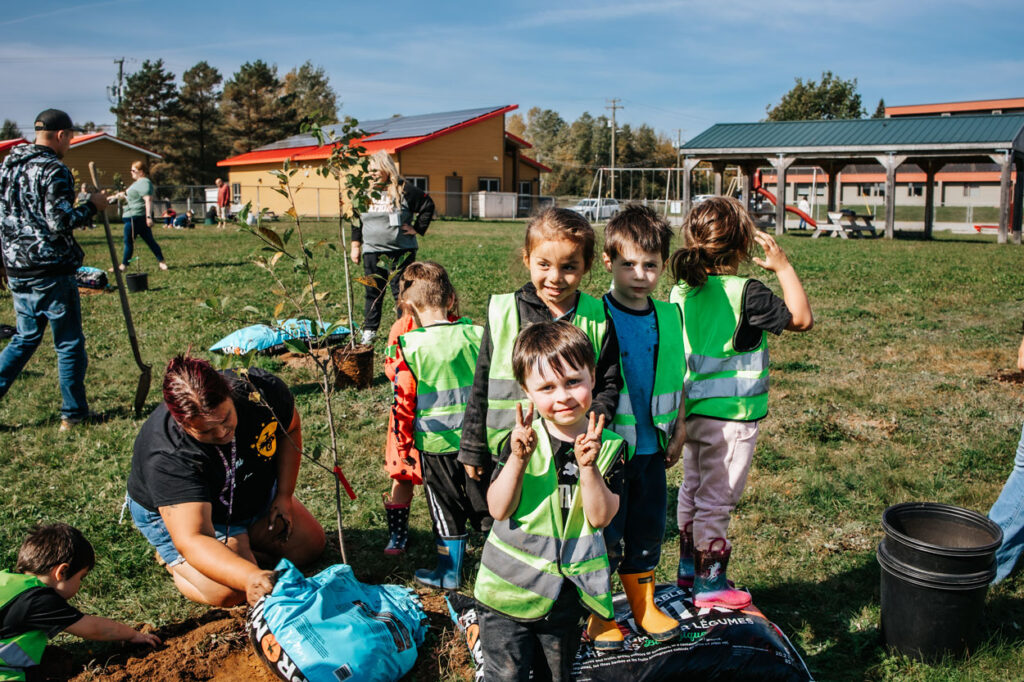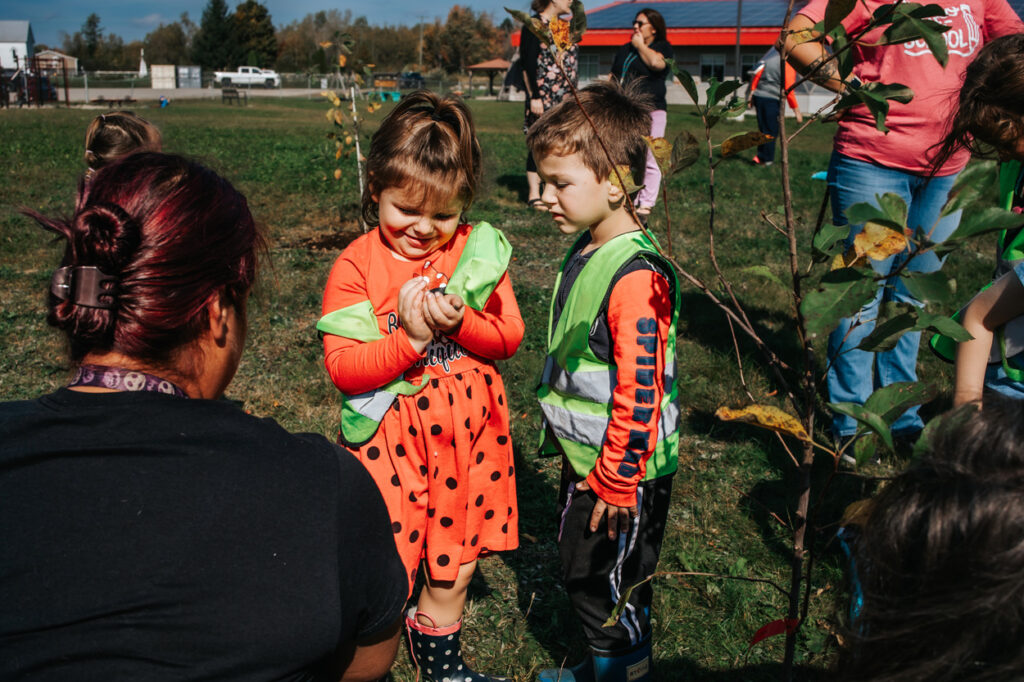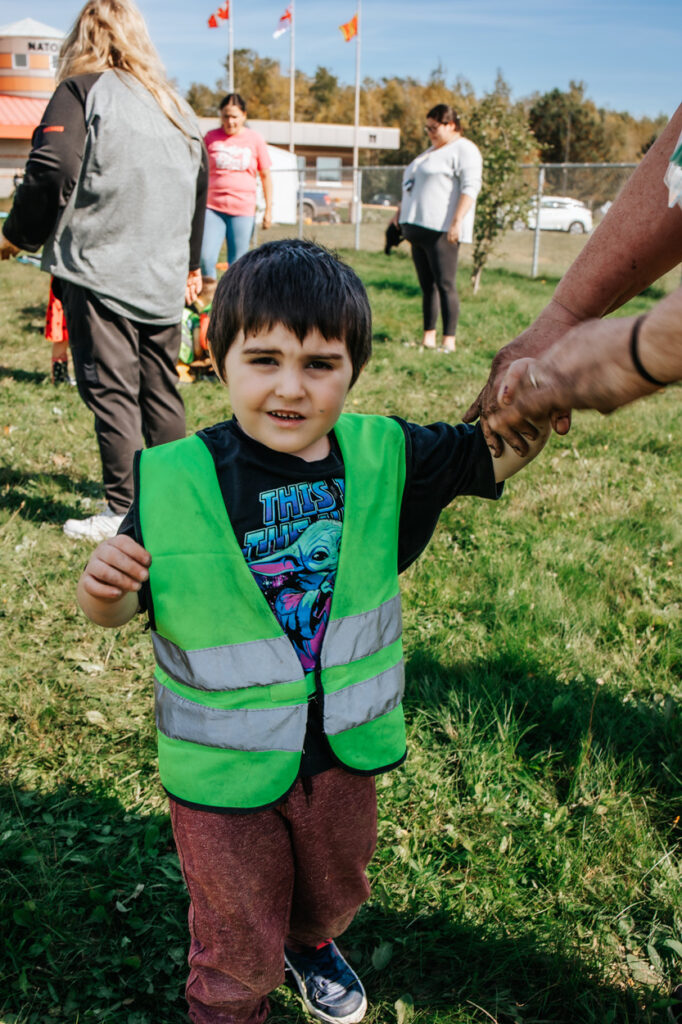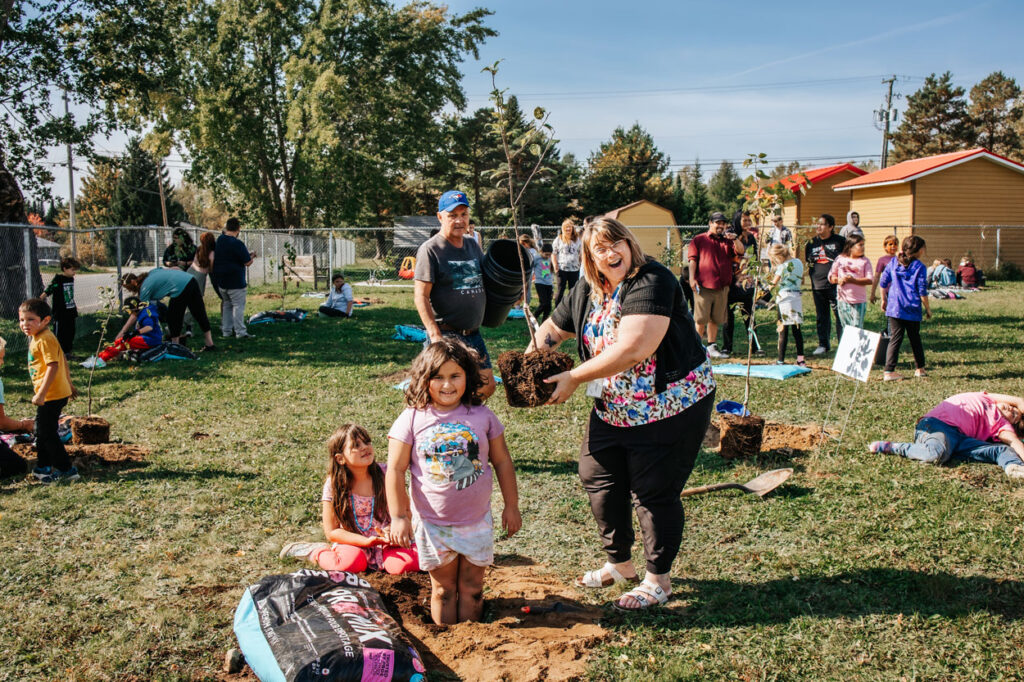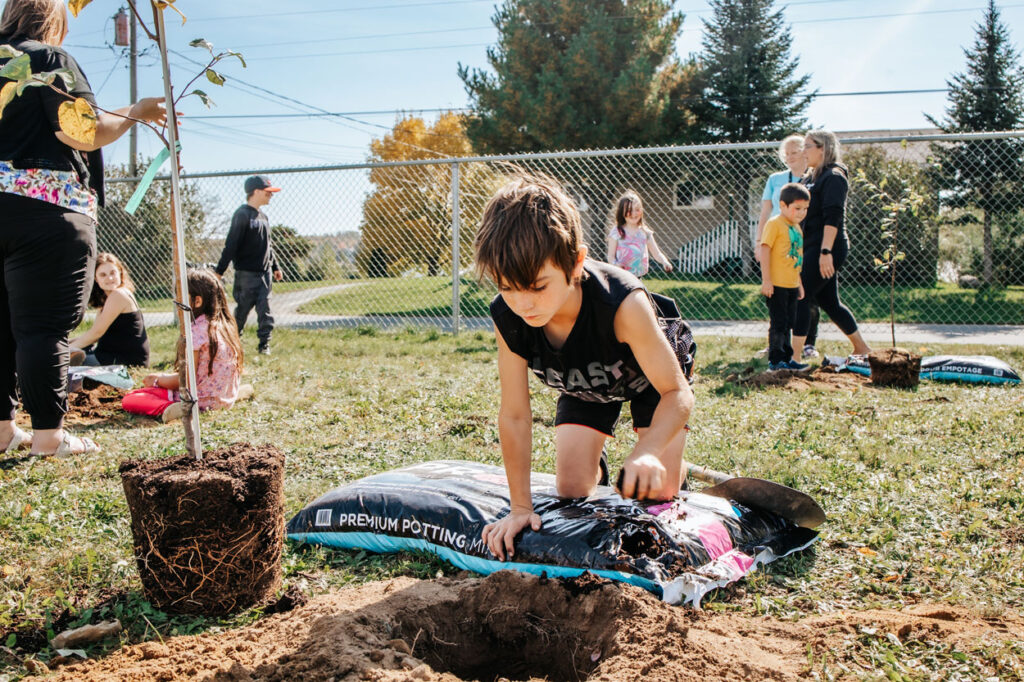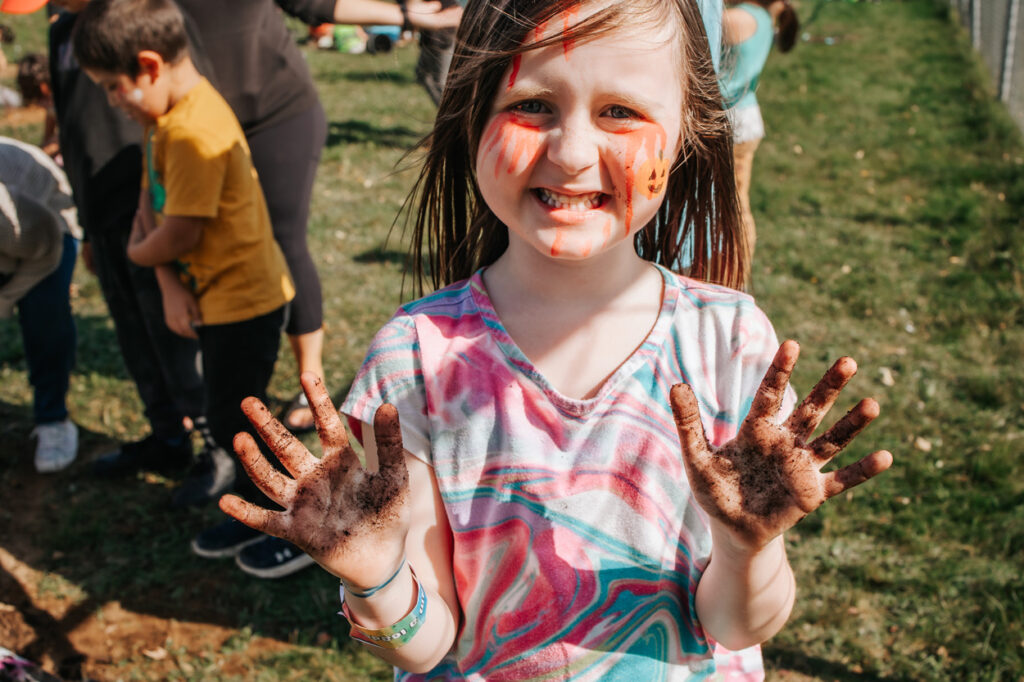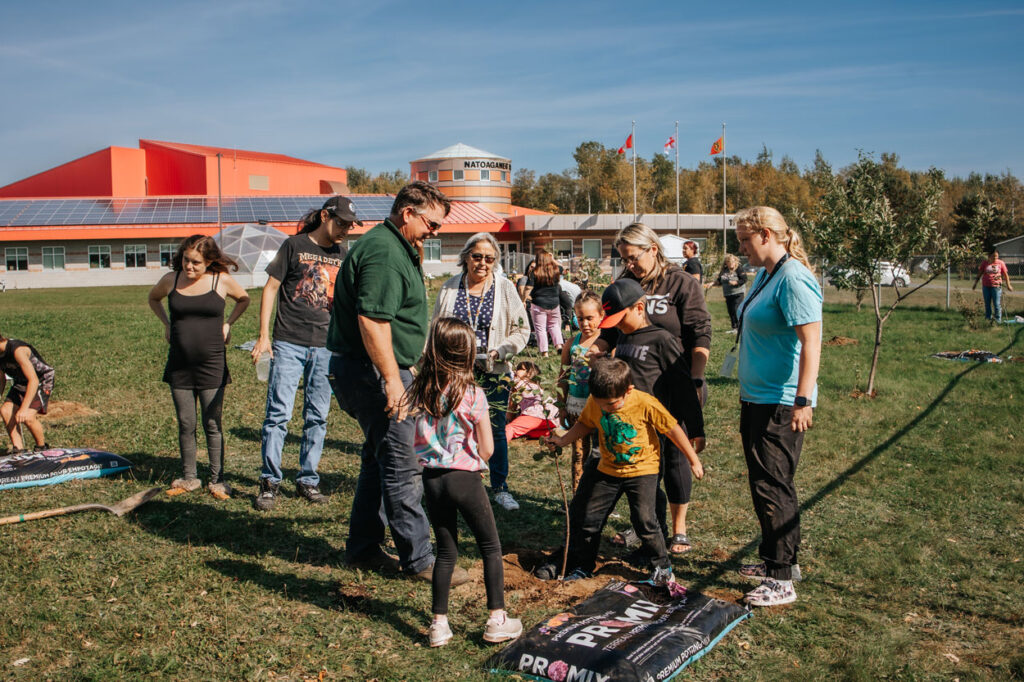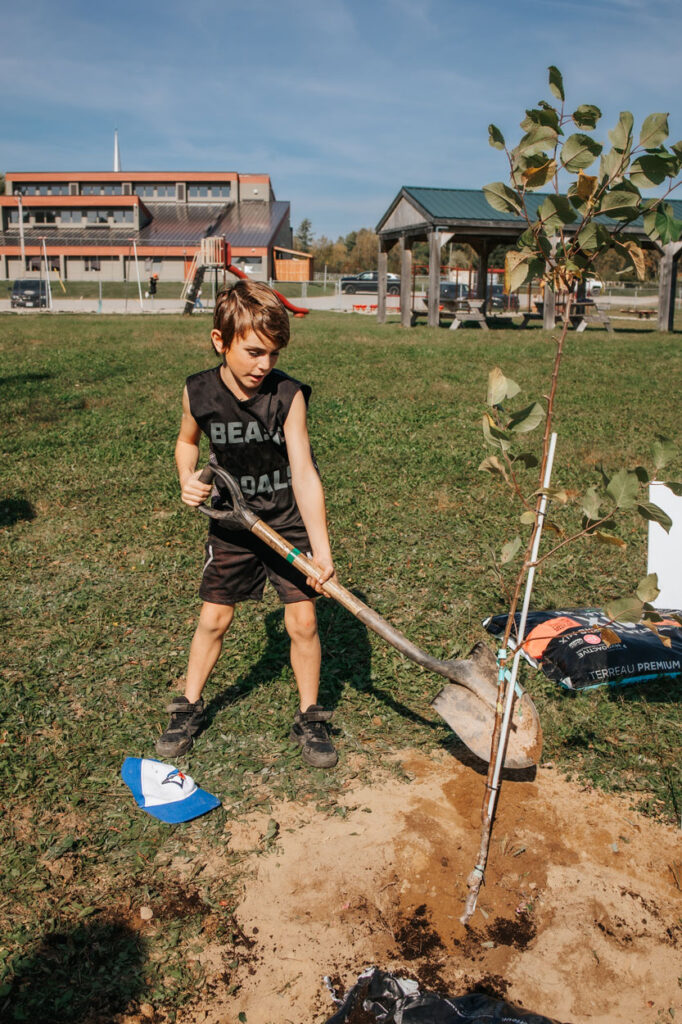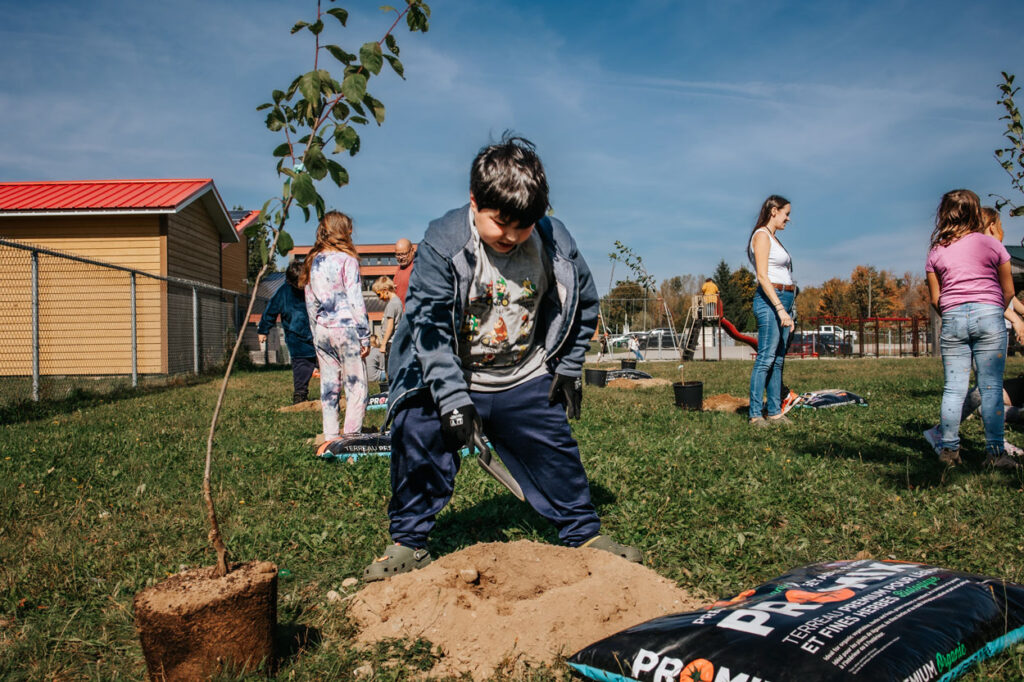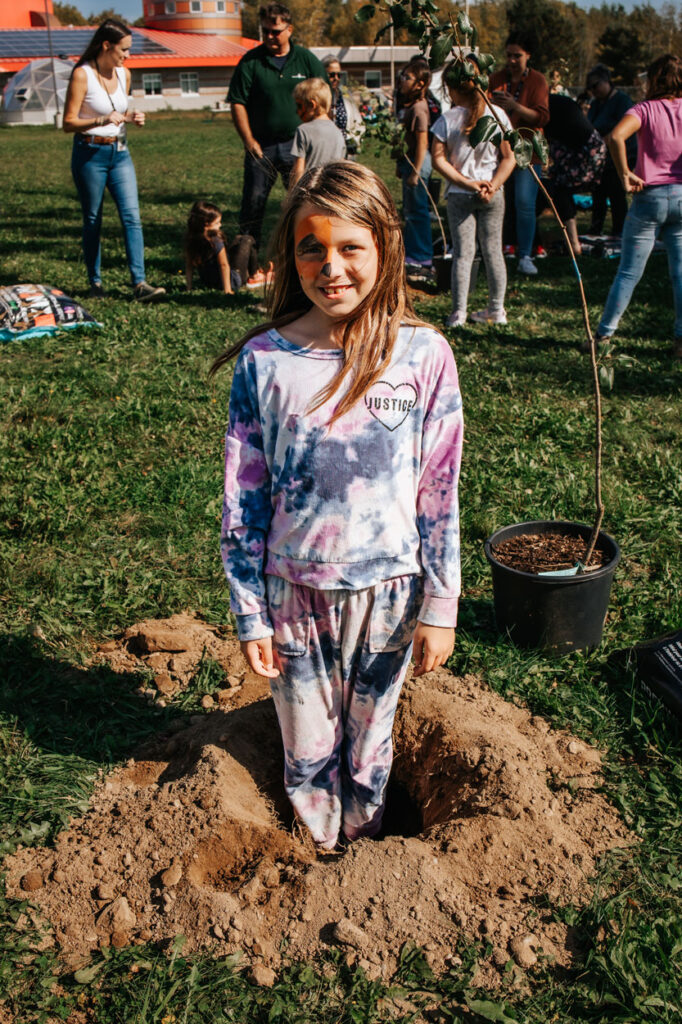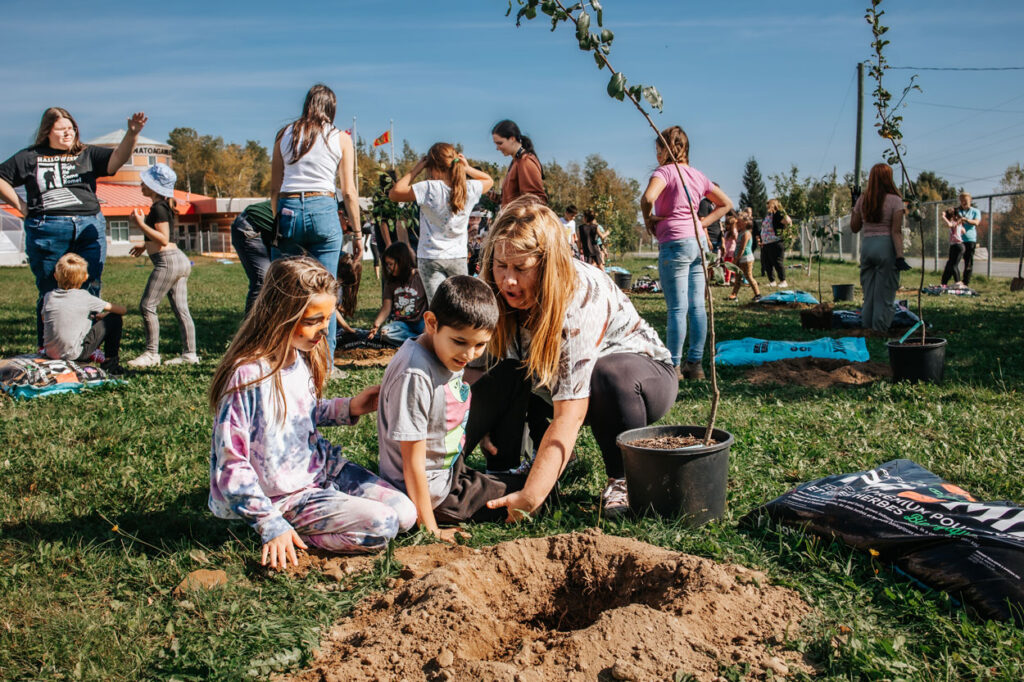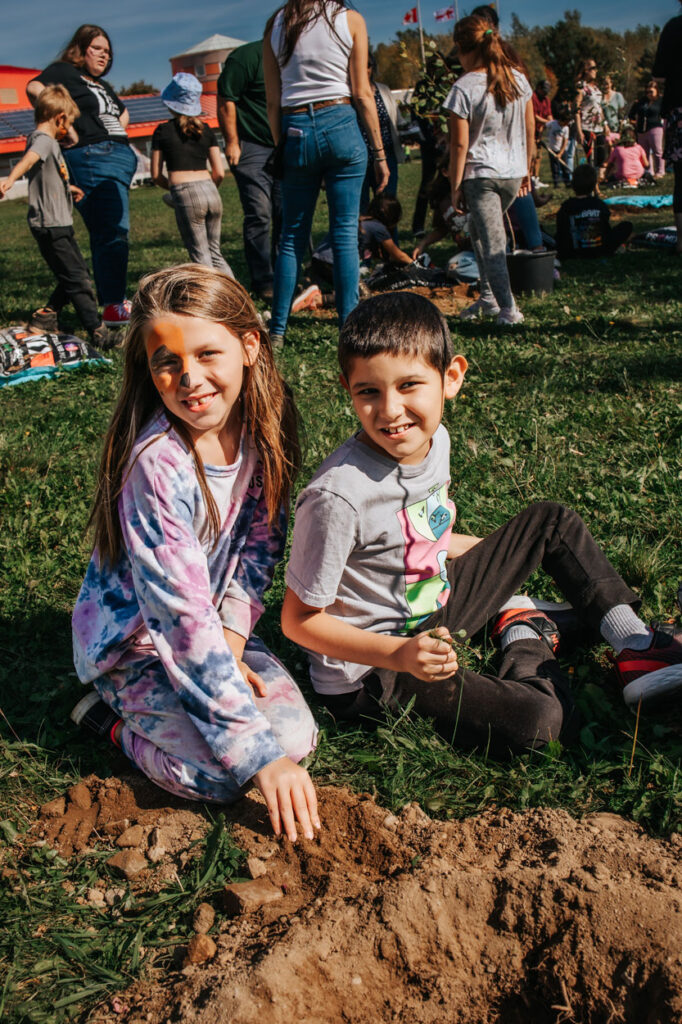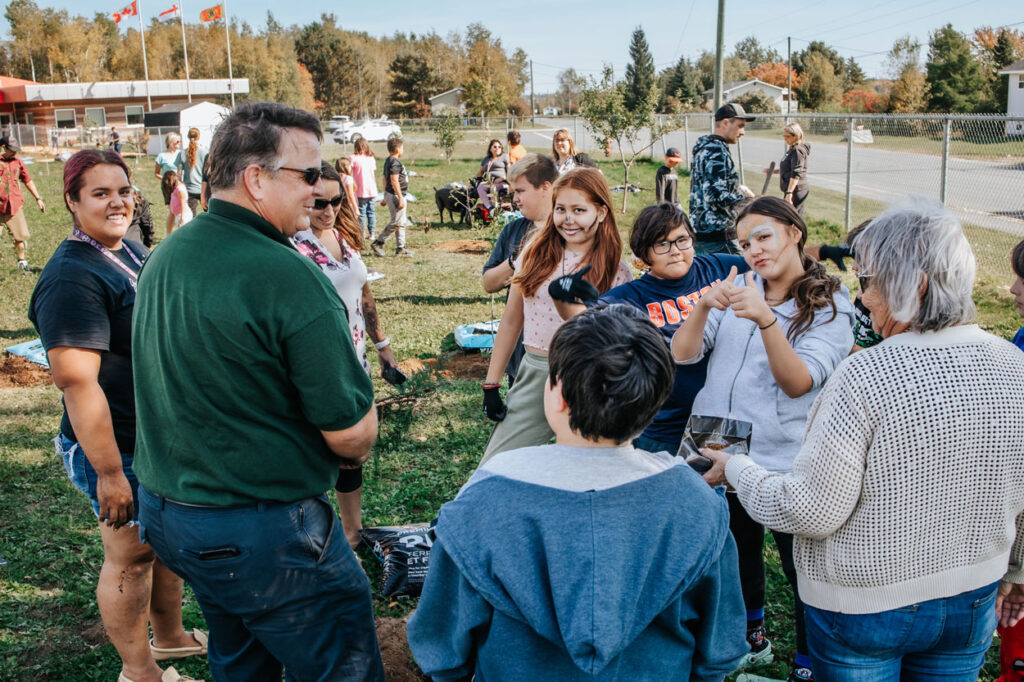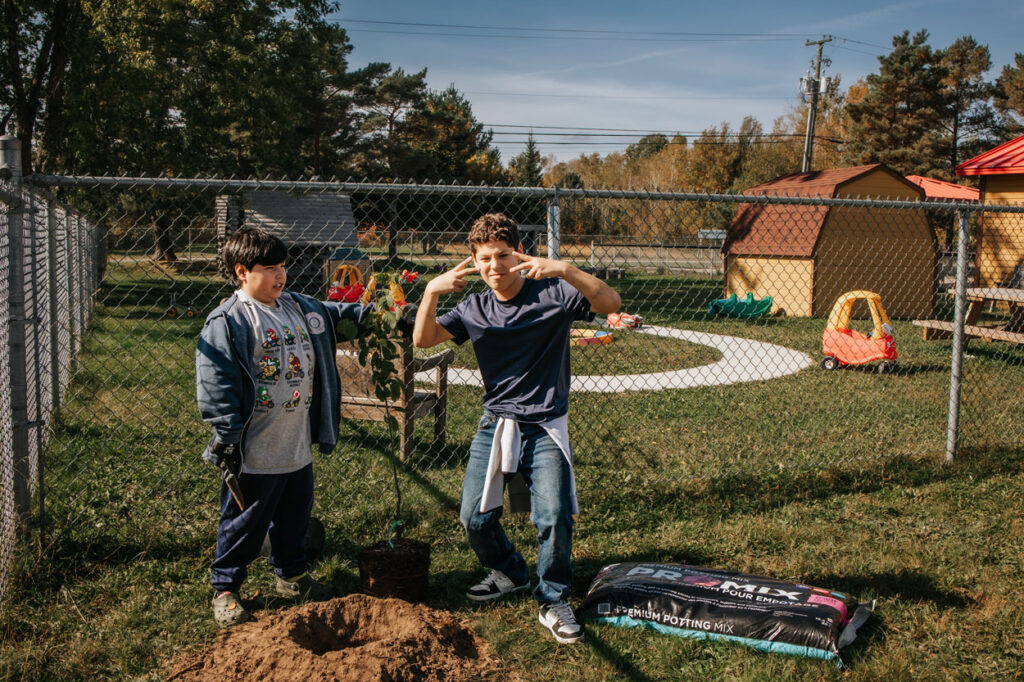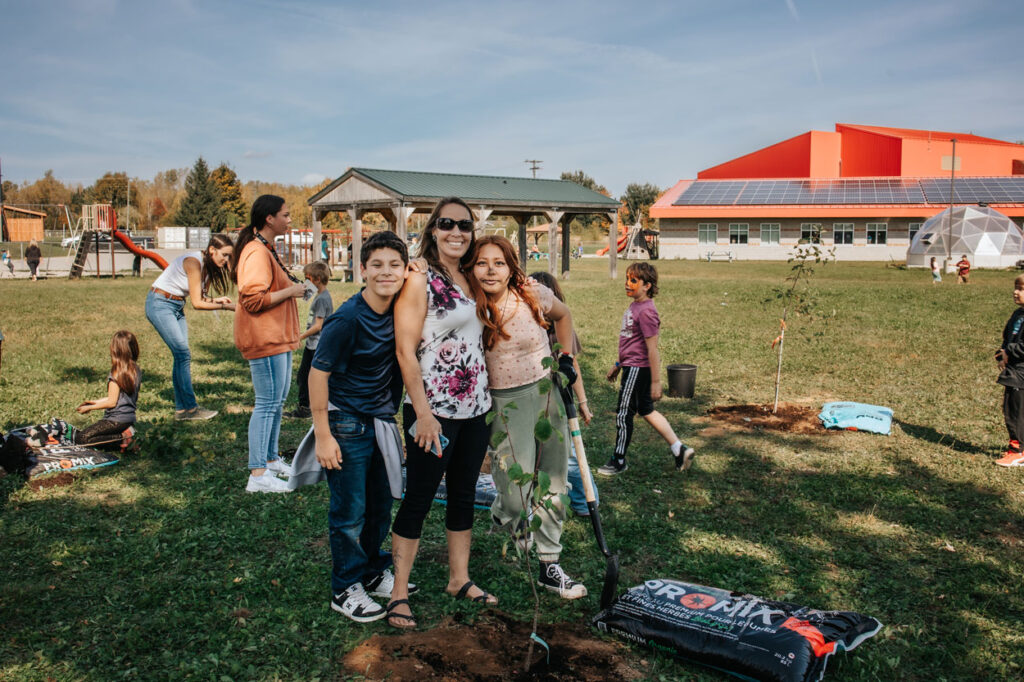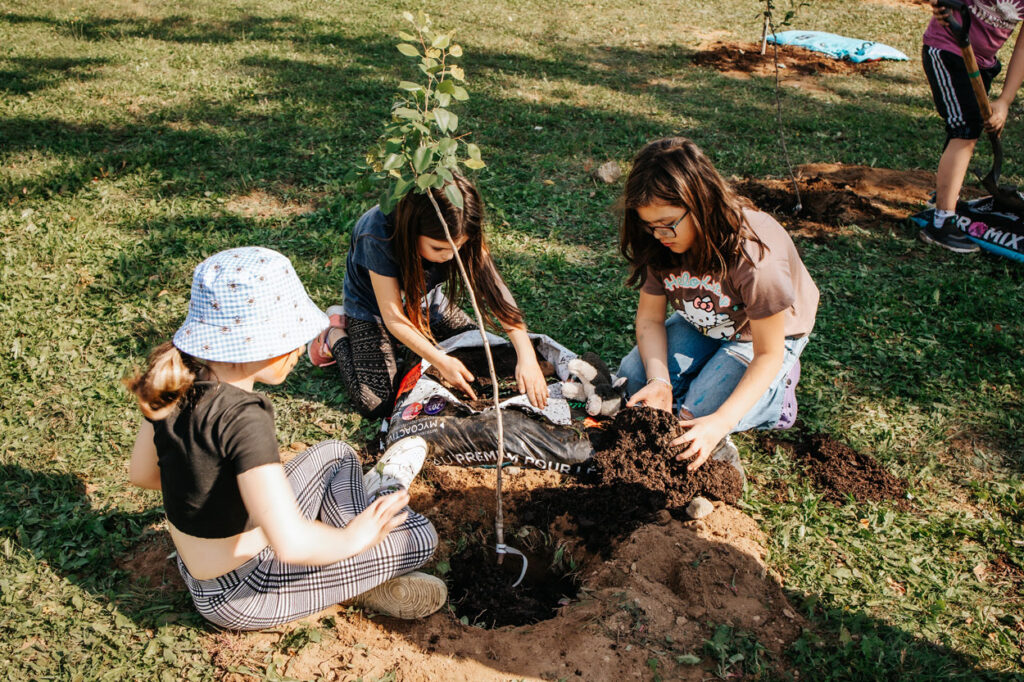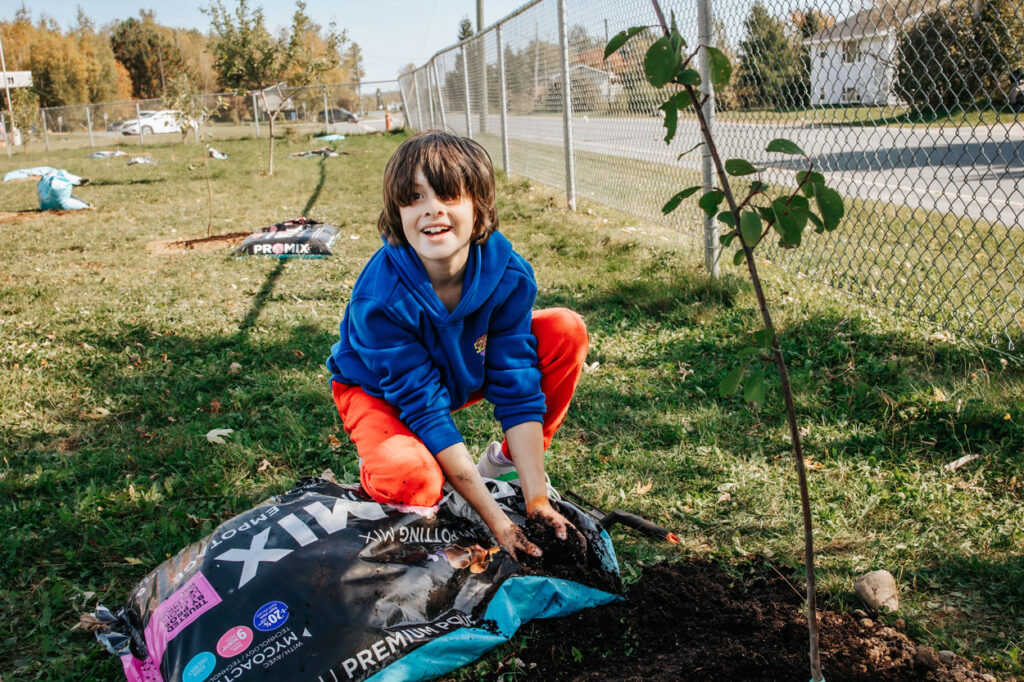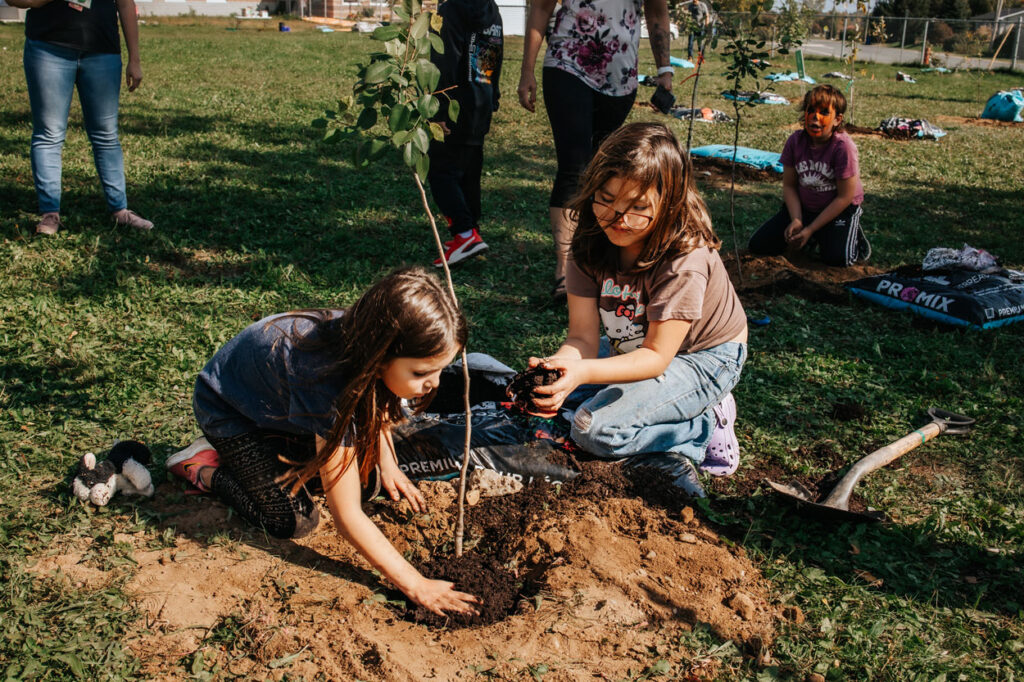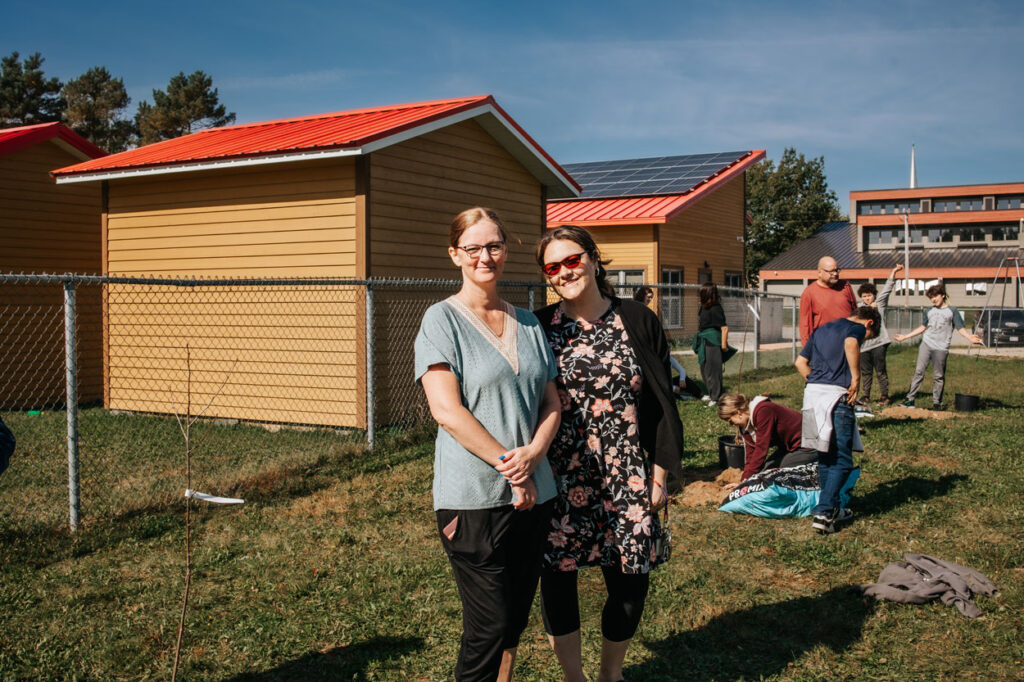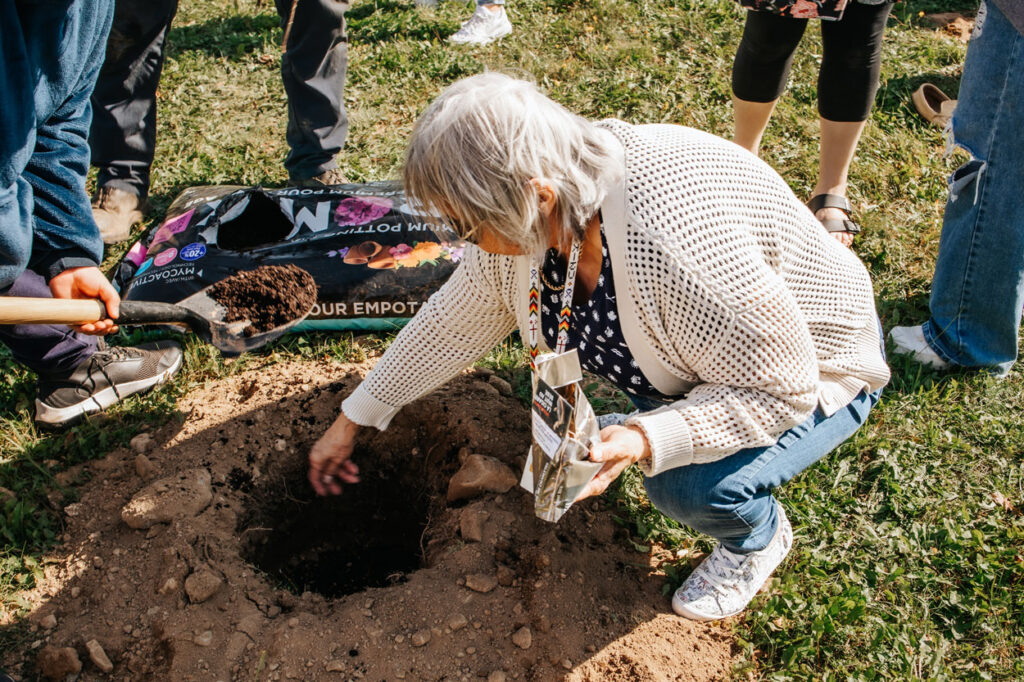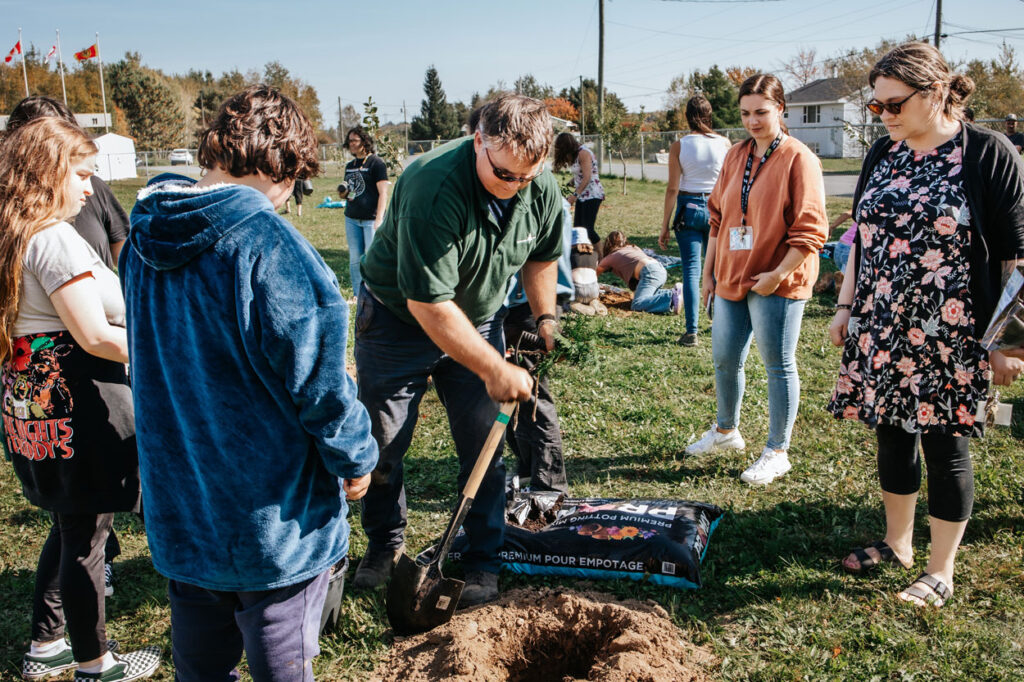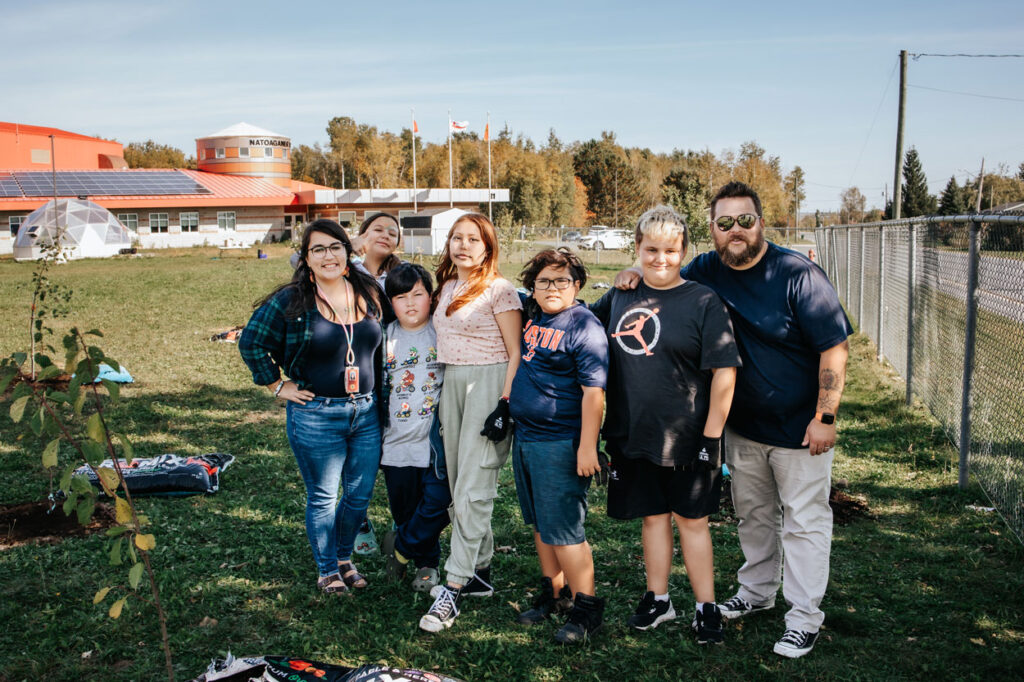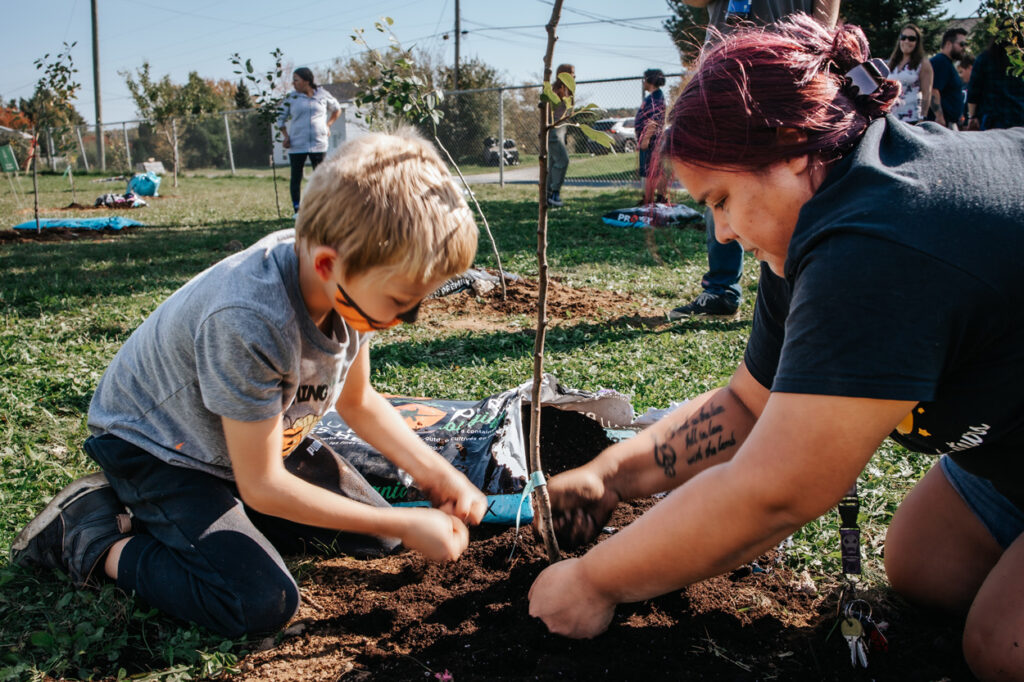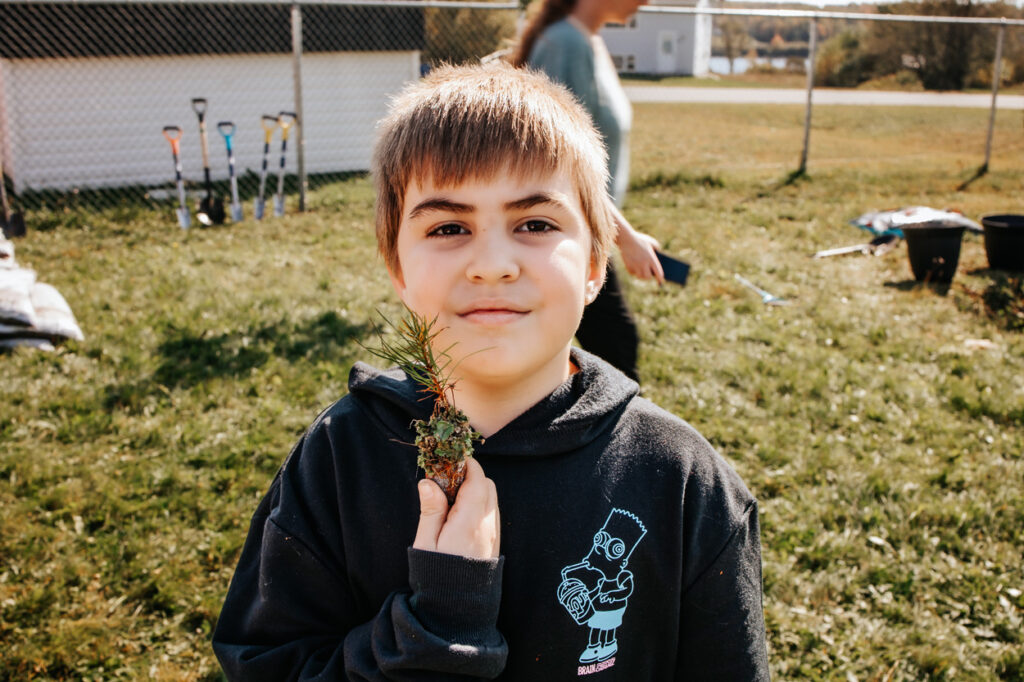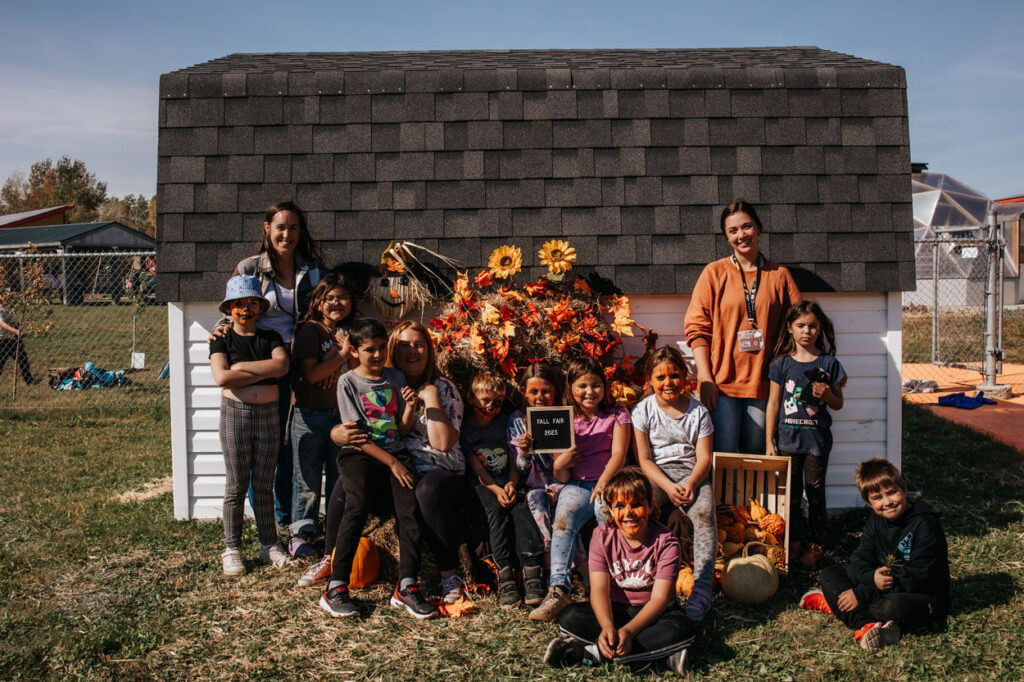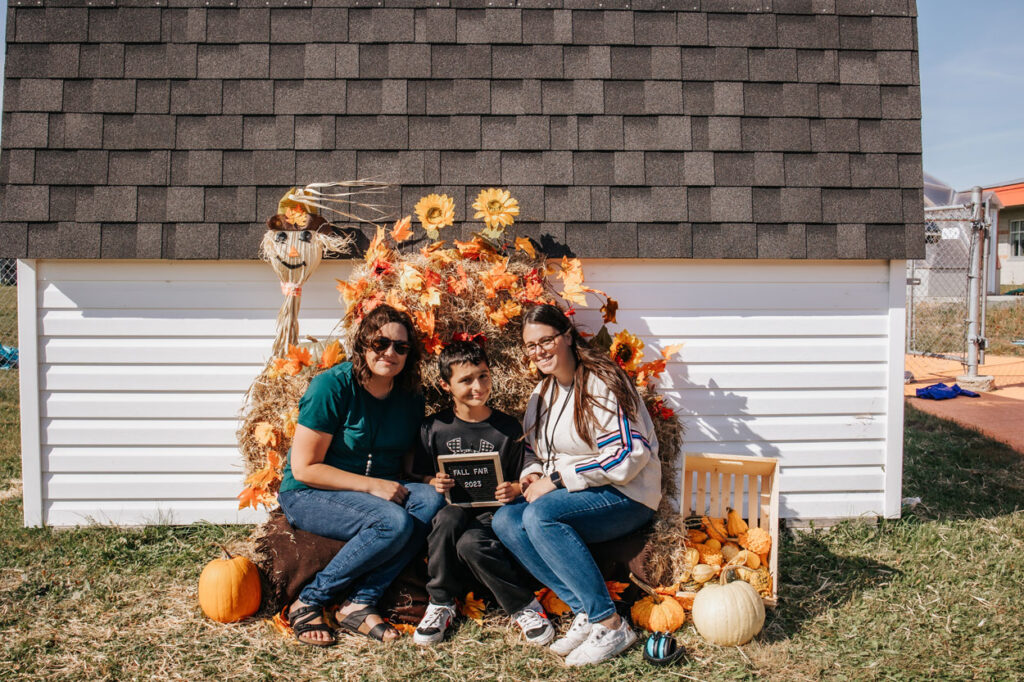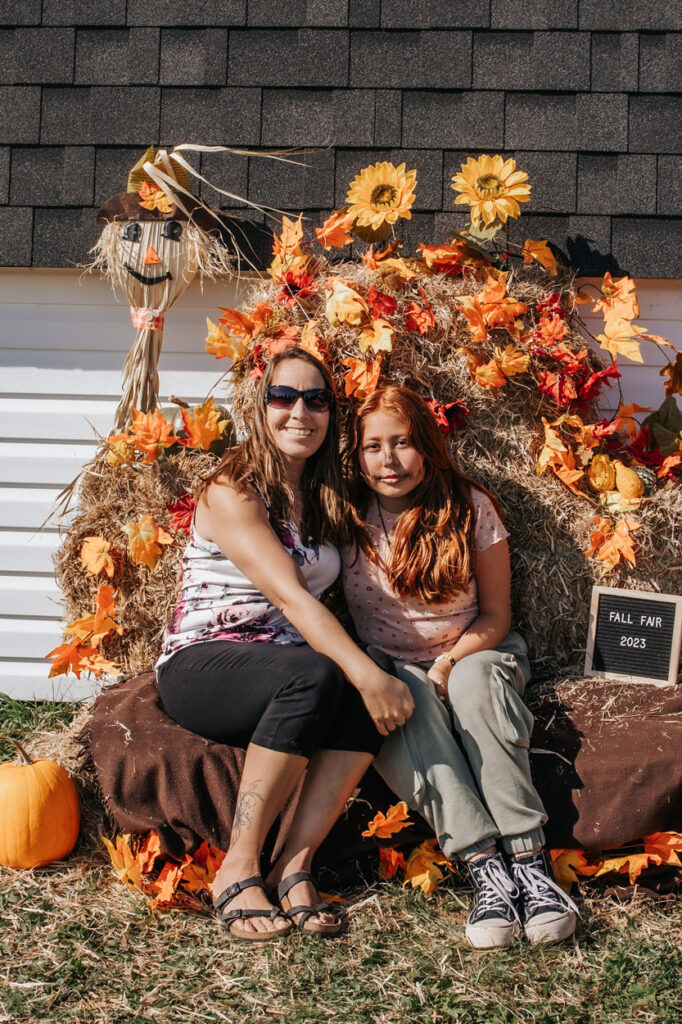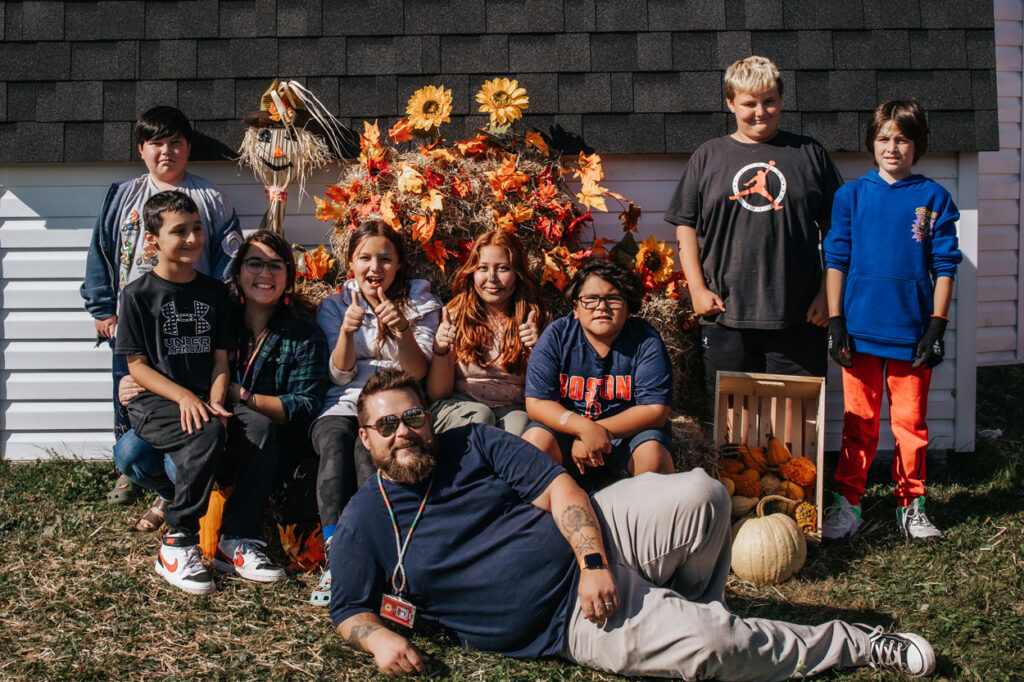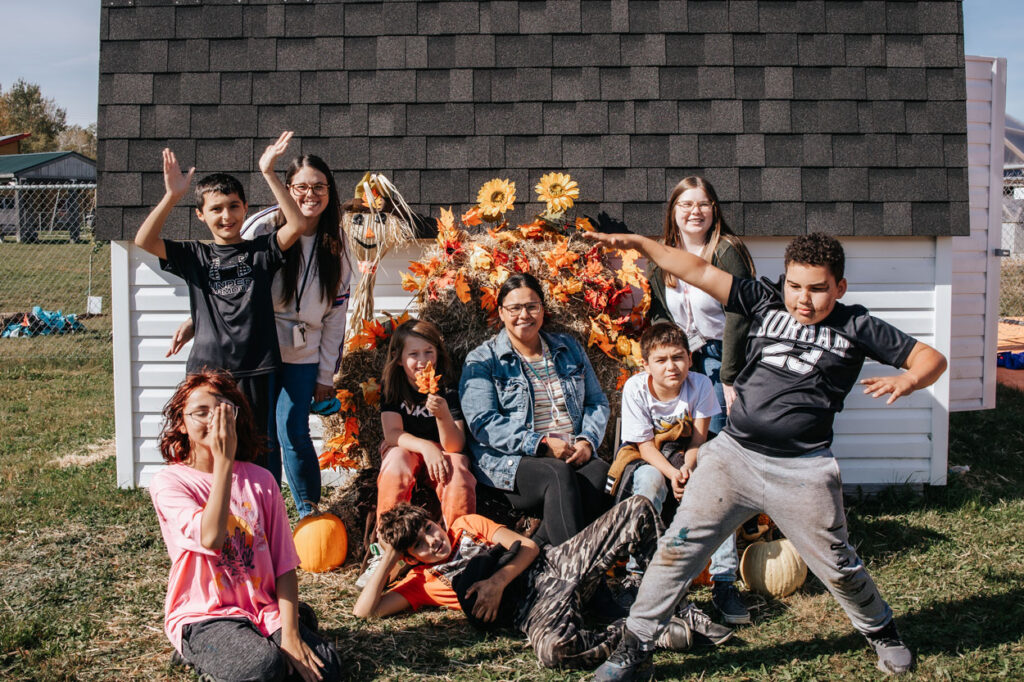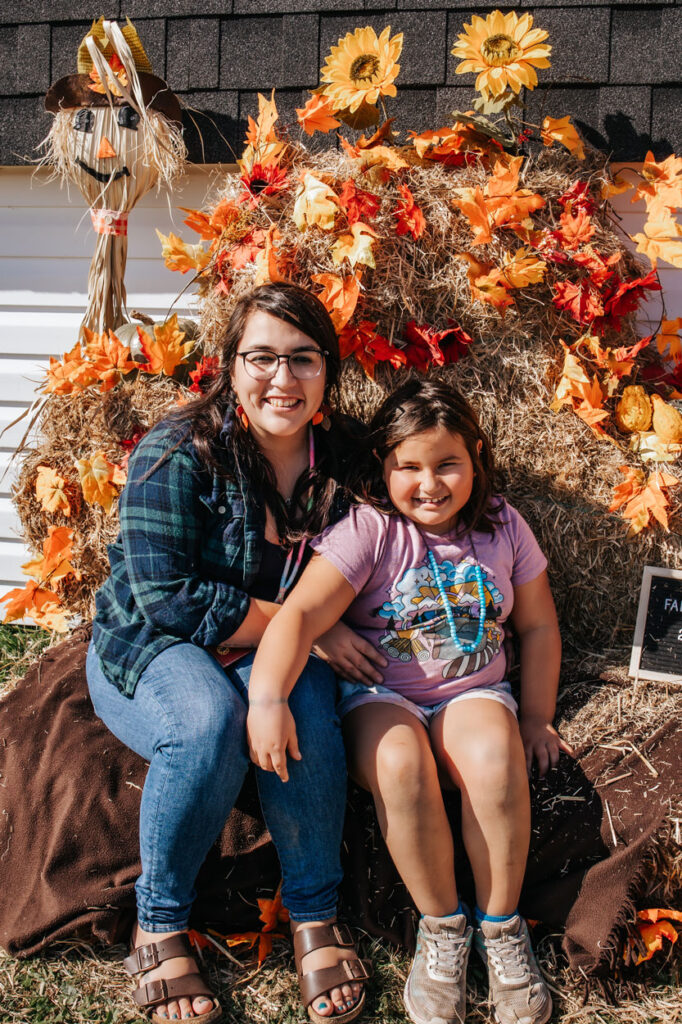Cultivating Food Security and Tradition at Natoaganeg School in Eel Ground, NB
Natoaganeg School is more than just a place of learning. Located in Eel Ground, New Brunswick, the school is also a hub for preserving the heritage, traditions, and culture of the Mi’kmaq people.
On October 6th, a total of 35 edible trees and shrubs were planted to bolster the school’s outdoor classroom thanks to support from Tree Canada and project sponsor FedEx through the Edible Trees grant program, an initiative aimed at increasing access to healthy food while improving physical and mental health and strengthening community ties.
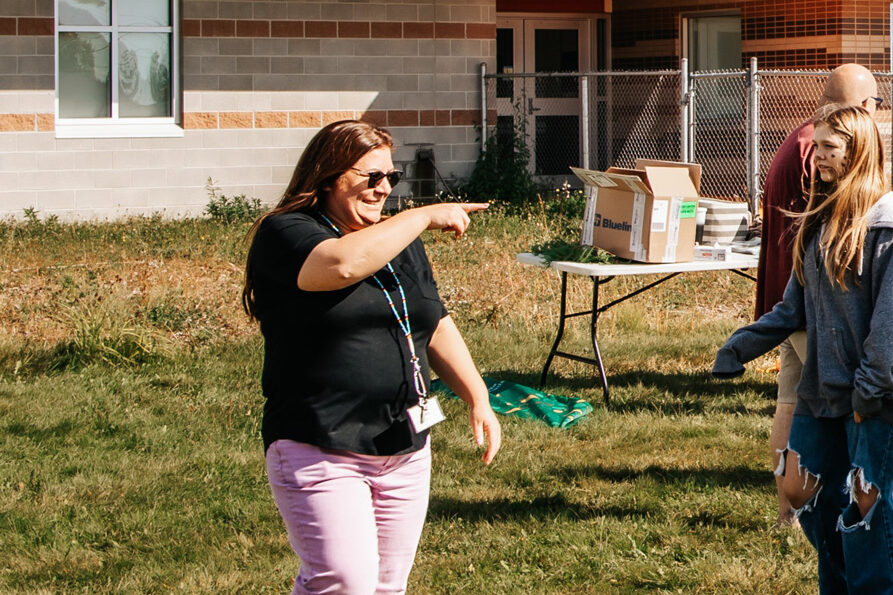
Natoaganeg School Principal Terri-Anne Larry says that the school’s mandate is to try to have the opposite effect of residential schools and day schools.
“For us, it goes quite deep. It’s actually about reconciliation. When we learn more about what happened in those schools then we try to do the opposite,” Larry says. The food program is a big part of how the school is supporting students and the community. “The food is number one because we share breakfast in the morning together. It’s kind of like our meet and greet. It’s where we check in with the kids and build relationships. We want to nurture good relationships with food. Providing a rich environment, and being surrounded by good food, that is our [mission].”
Vision of a Food Forest
The Natoaganeg School sees the addition of a food forest as a natural extension of its outdoor classroom and curriculum. The school’s vision for this new outdoor space includes fruit, nut, and medicinal trees and shrubs, such as sage, cedar, and blueberries.
Incorporating these native plants into the schoolyard will offer students an immersive learning experience that not only broadens their knowledge but also provides access to healthy food.
“The food forest was really for food security,” says Larry. “When Covid-19 happened, we were sending food baskets home [with the students] thanks to our sponsors, Canadian Feed The Children and Jays Care Foundation. It’s not officially our mission, but really, we feel very strongly about feeding the kids.”
Adding fruit and nut trees will provide students with hands-on opportunities to learn about the benefits of fresh, locally-grown produce and encourage healthier dietary choices and sustainable living. Moreover, the food forest will become a vibrant and inviting outdoor space where community members can engage with nature.
Coming to Fruition
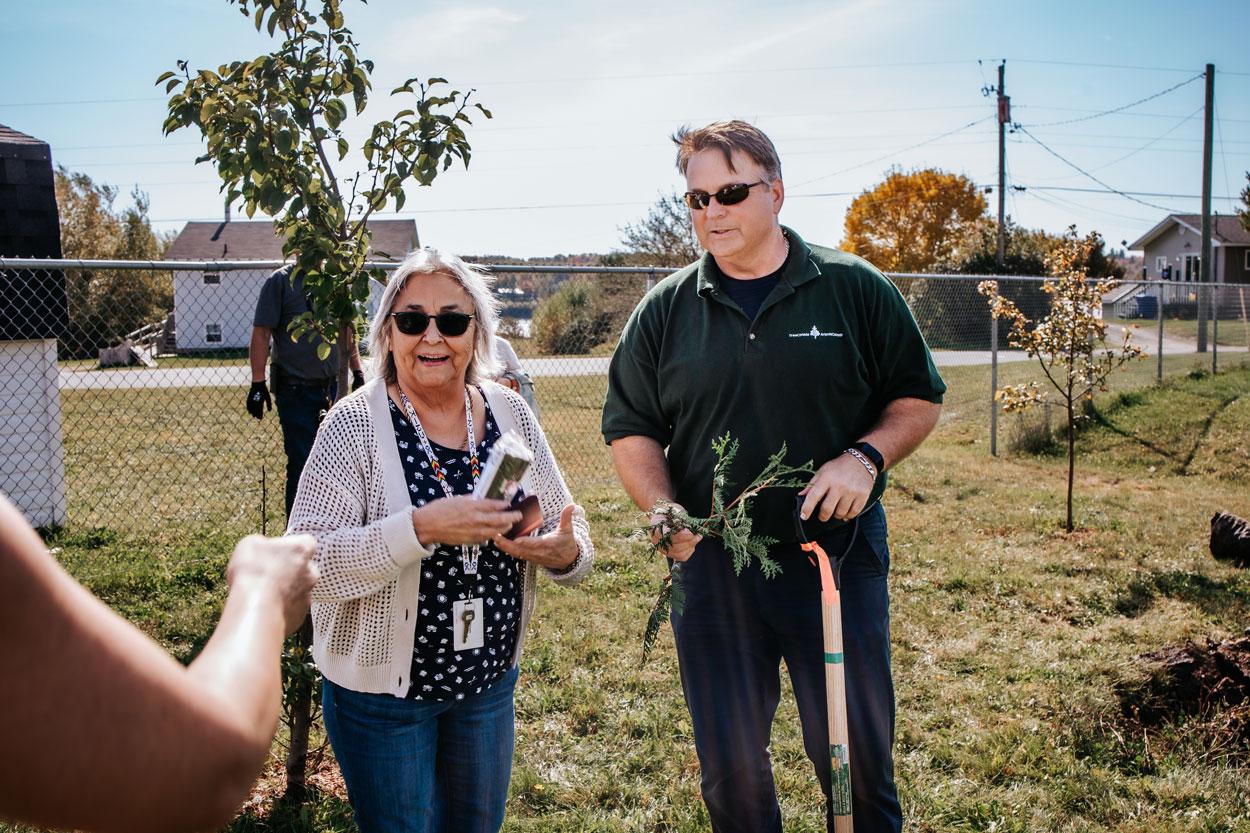
As the project unfolded on October 6th, Tree Canada and Fundy Model Forest representative, Darin Clark, had an offering for the school’s resident elder: some tobacco and cedar boughs. In turn, Elder Freda Simon presented Darin with a smudge bowl.
The two of them “went around and she helped [Darin] put cedar under the trees. And she smudged every tree too, and when we were getting started, she did a prayer. The ashes from the smudge bowl were also added to the [planting] process,” explained Larry.
Following the planting, Larry reveals: “I was talking to our elders, and they felt that we gave back to Mother Earth.”
Looking toward the future, the school’s goal is to keep growing its outdoor classroom. “We want to keep trying to get grants and keep filling our food forest. We want to get some birch trees in there for teaching, because of the bark. We want to carve out the outdoor classrooms so that more classrooms can be outside,” she says.
Principal Larry and the students are looking forward to harvesting the fruit and nut trees in the future.
Back to all articles
